I first glimpsed the Setouchi Islands that dot the Seto Inland Sea when I walked the Shikoku Pilgrimage in 2016 and got to visit the largest of them when I completed the Shodoshima Pilgrimage in 2020.
Several of the islands play host to the Setouchi Triennale, a contemporary art festival held every three years with the aim of revitalising the area, which has suffered from depopulation like many rural areas of Japan. Its success has been the inspiration for other similar events like the Japan Alps Art Festival.
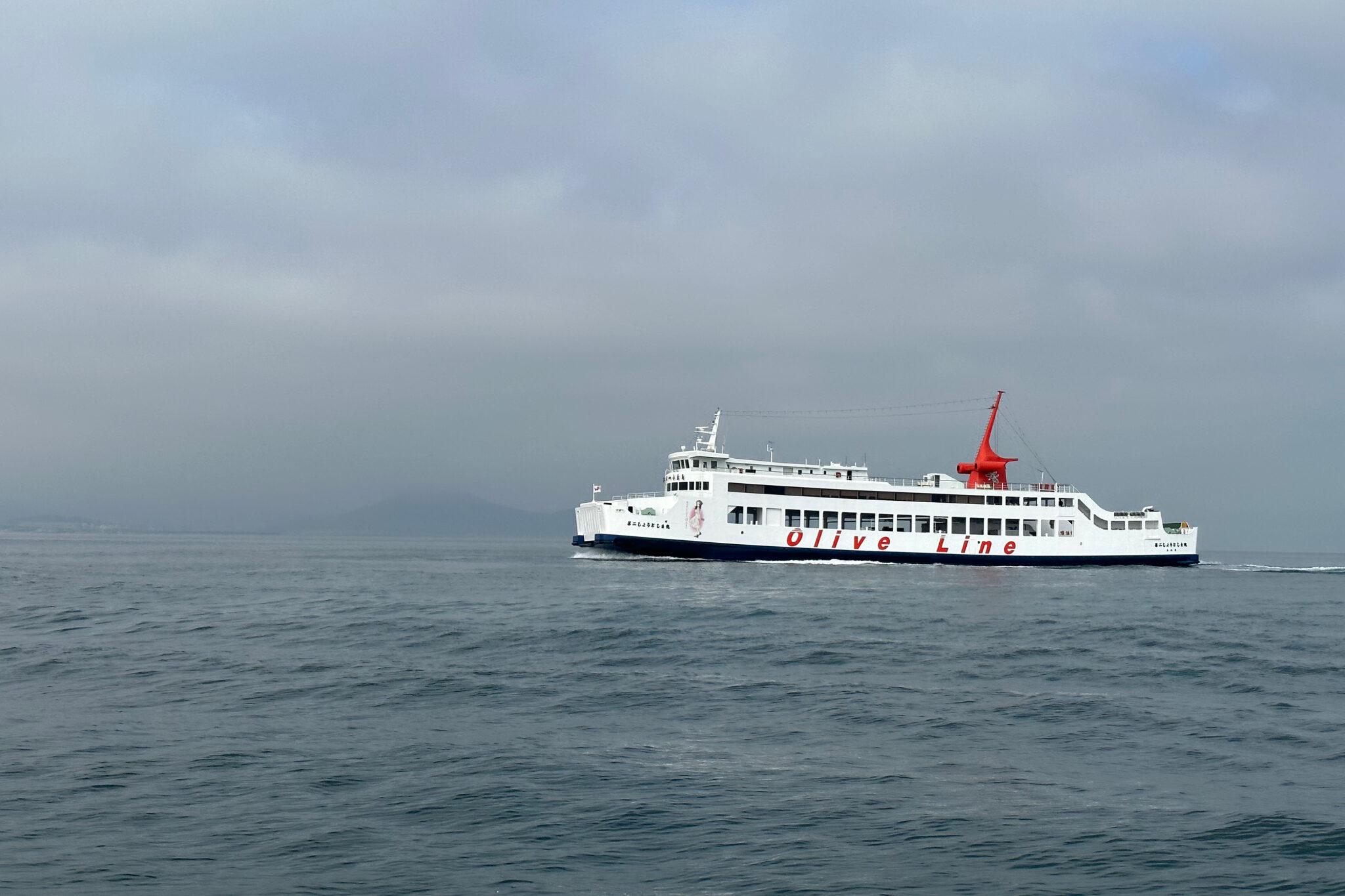
During off-years, you can still visit the permanent installations and it had been on my bucket list for a long time to return. We finally got the chance in late March 2023 when we based ourselves in Takamatsu for the better part of a week to explore the surrounding area.
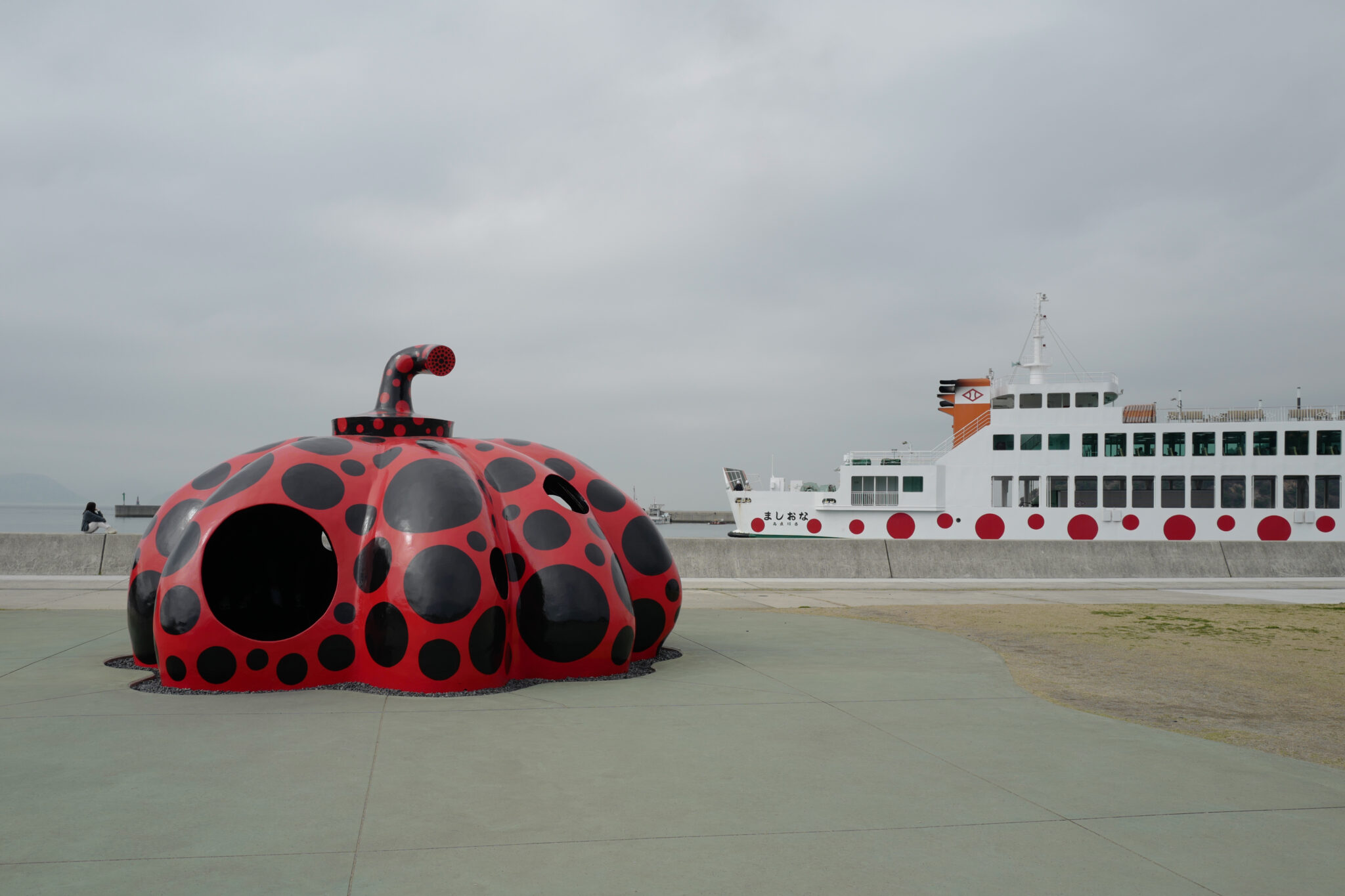
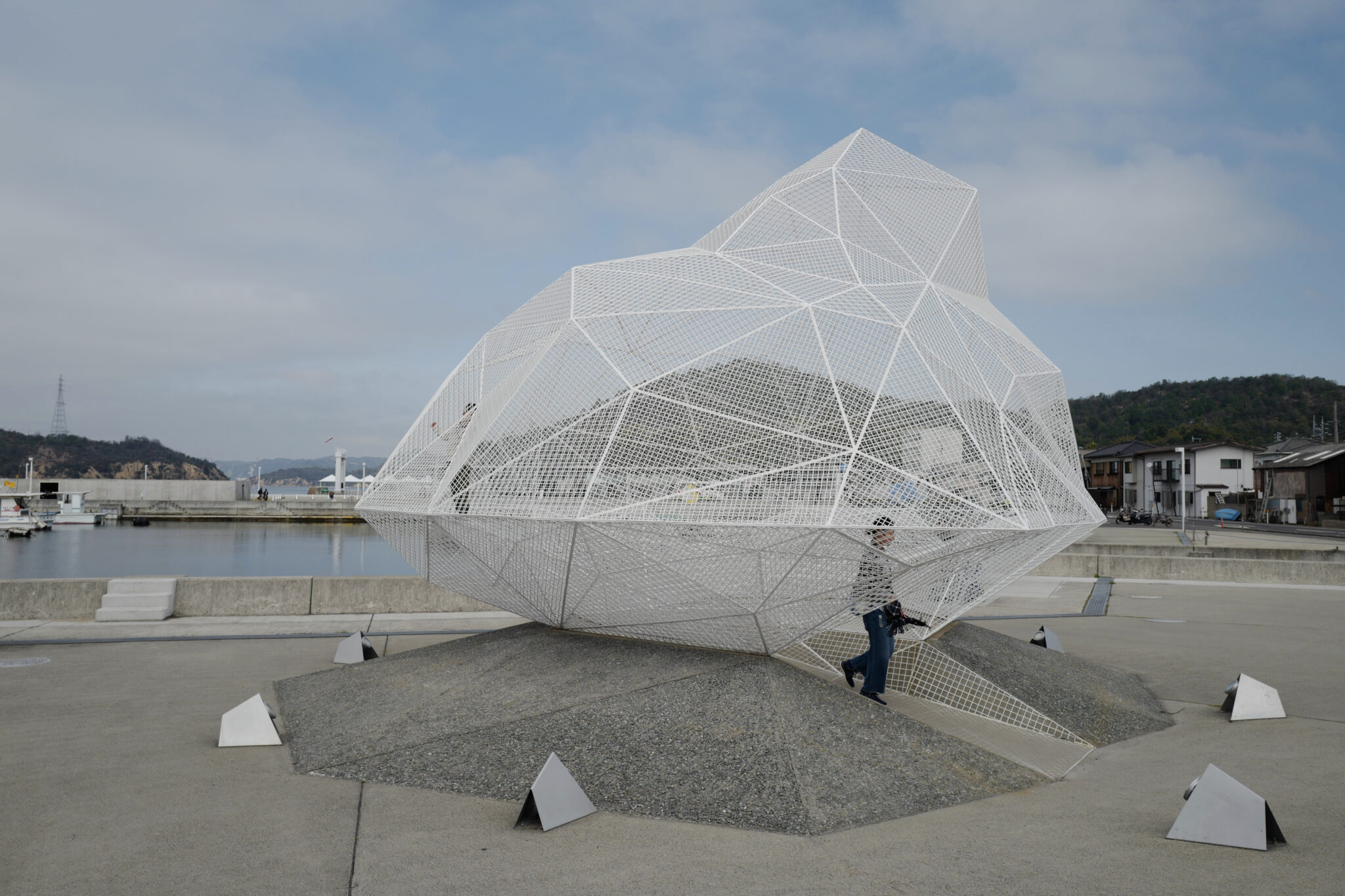
The first place we visited was Naoshima, one of the larger islands known for its many contemporary art museums. We arrived at Miyanoura Port on the west side of the island and were immediately greeted by Yayoi Kusama‘s enormous red pumpkin sculpture. Also nearby is the angular Naoshima Pavilion, both of which can be entered.
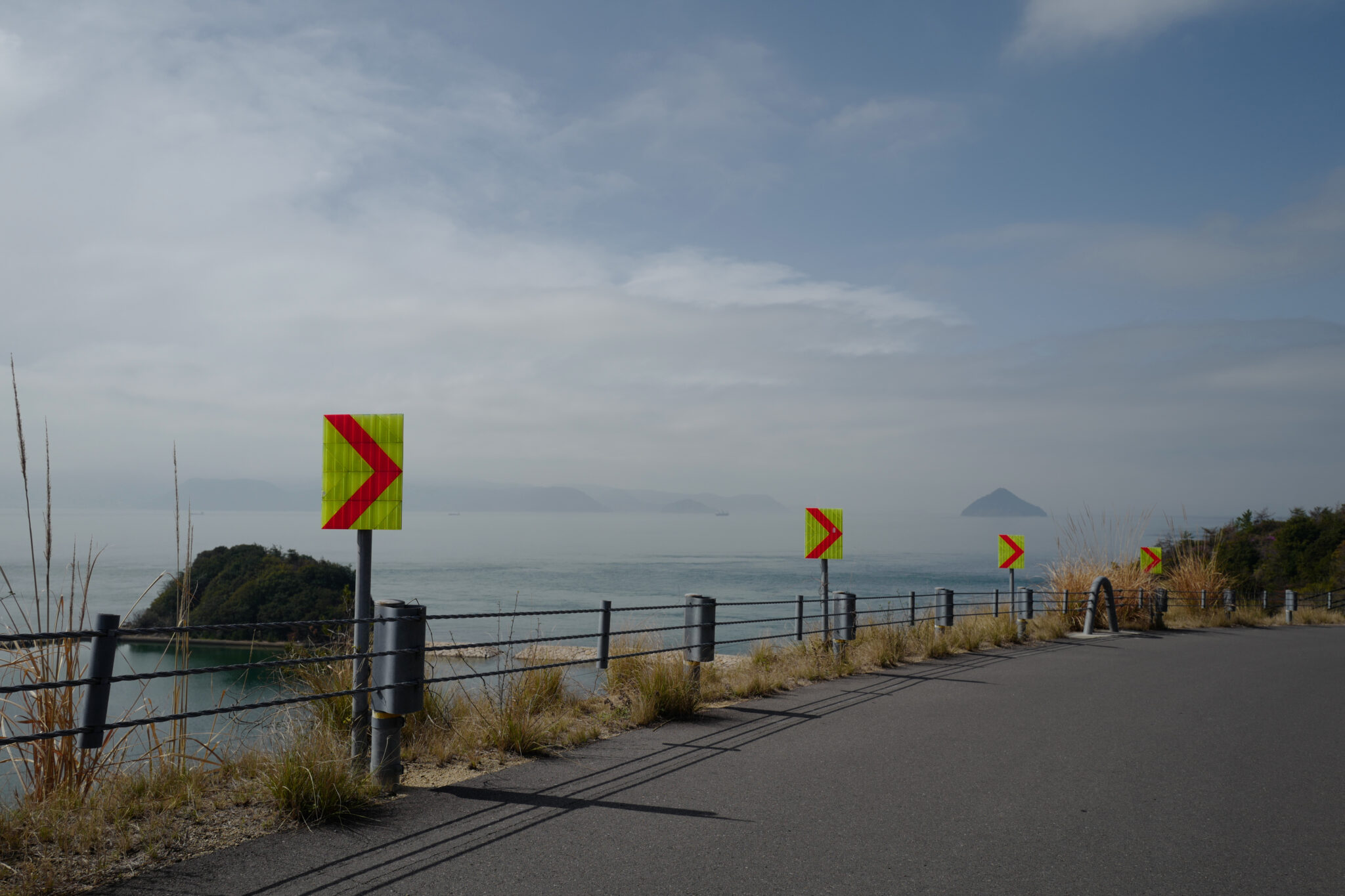
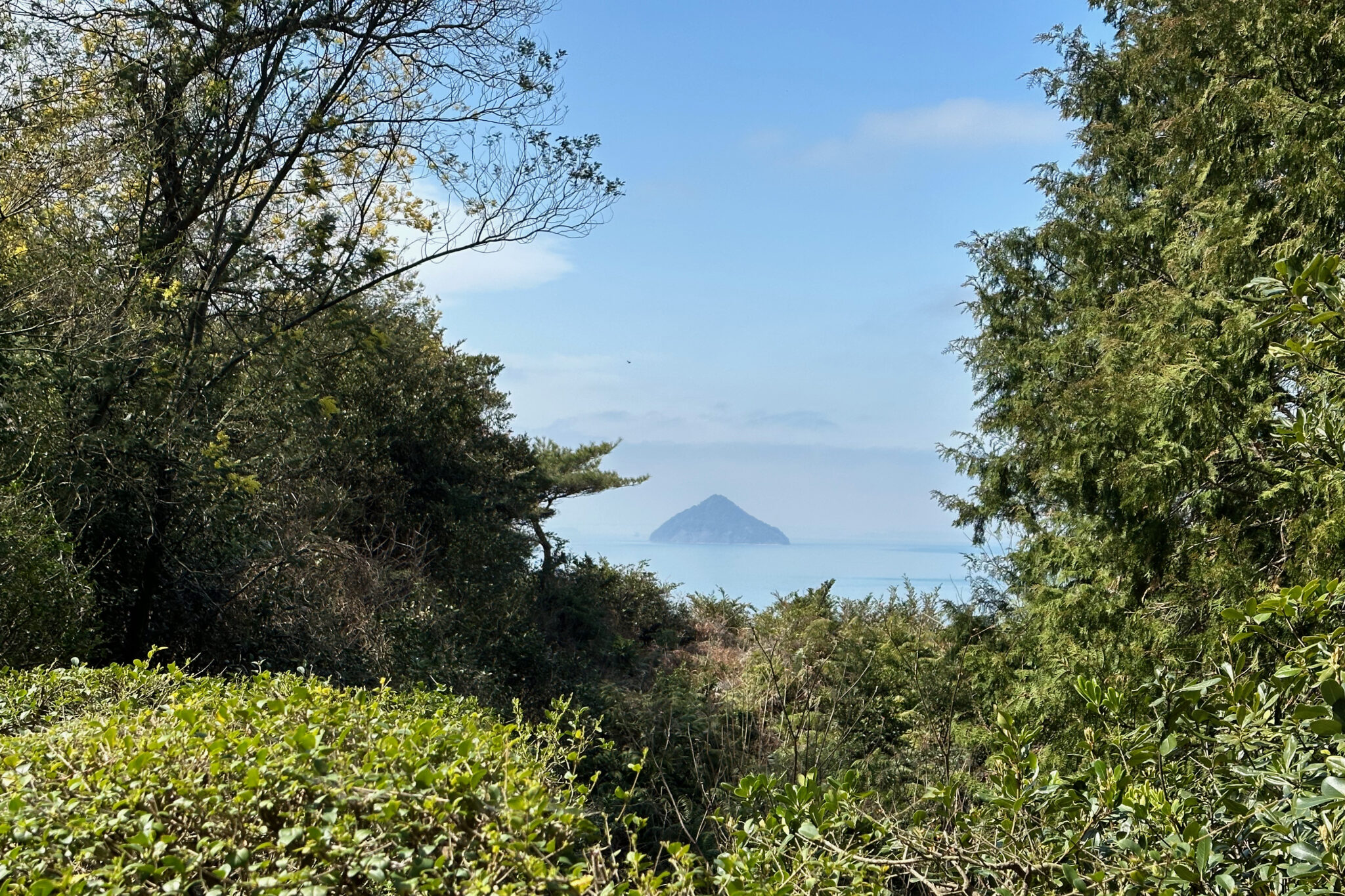
You can hire bicycles to explore the island but we chose to roam on foot, making our way down along to coast road to the Benesse House Area. Beautiful panoramic views of the surrounding islands followed us the entire day.
Chichu Art Museum
地中美術館
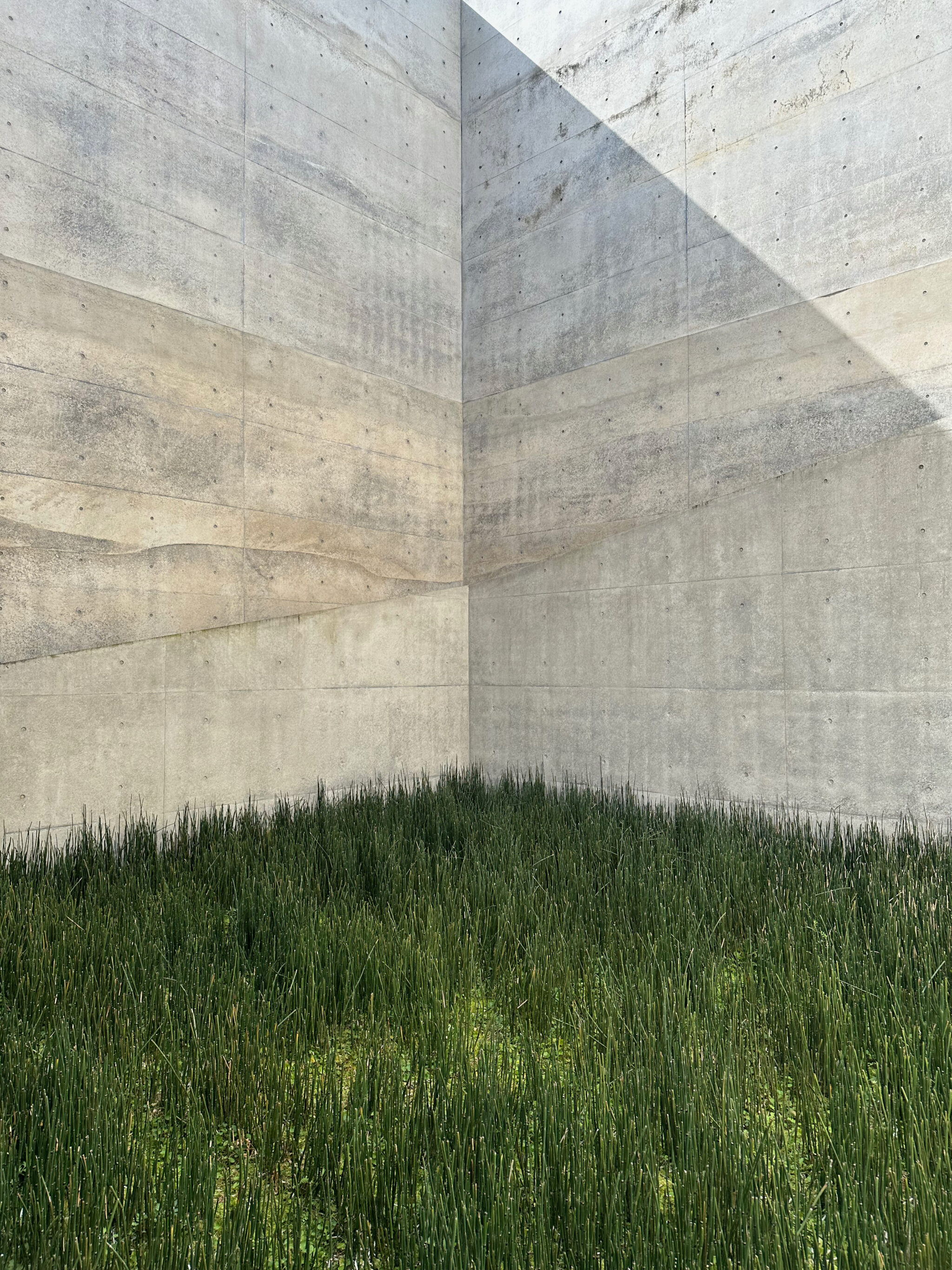
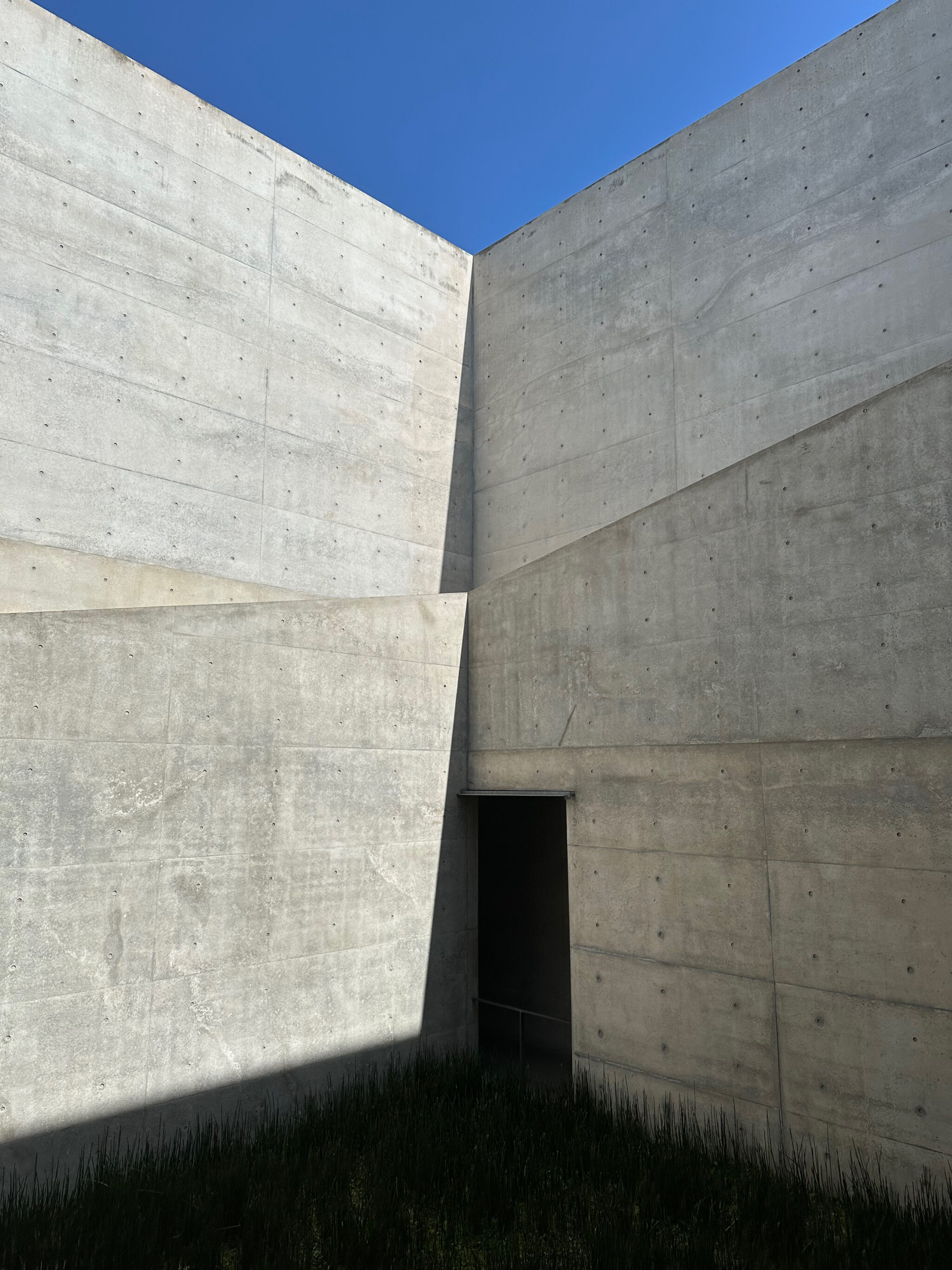
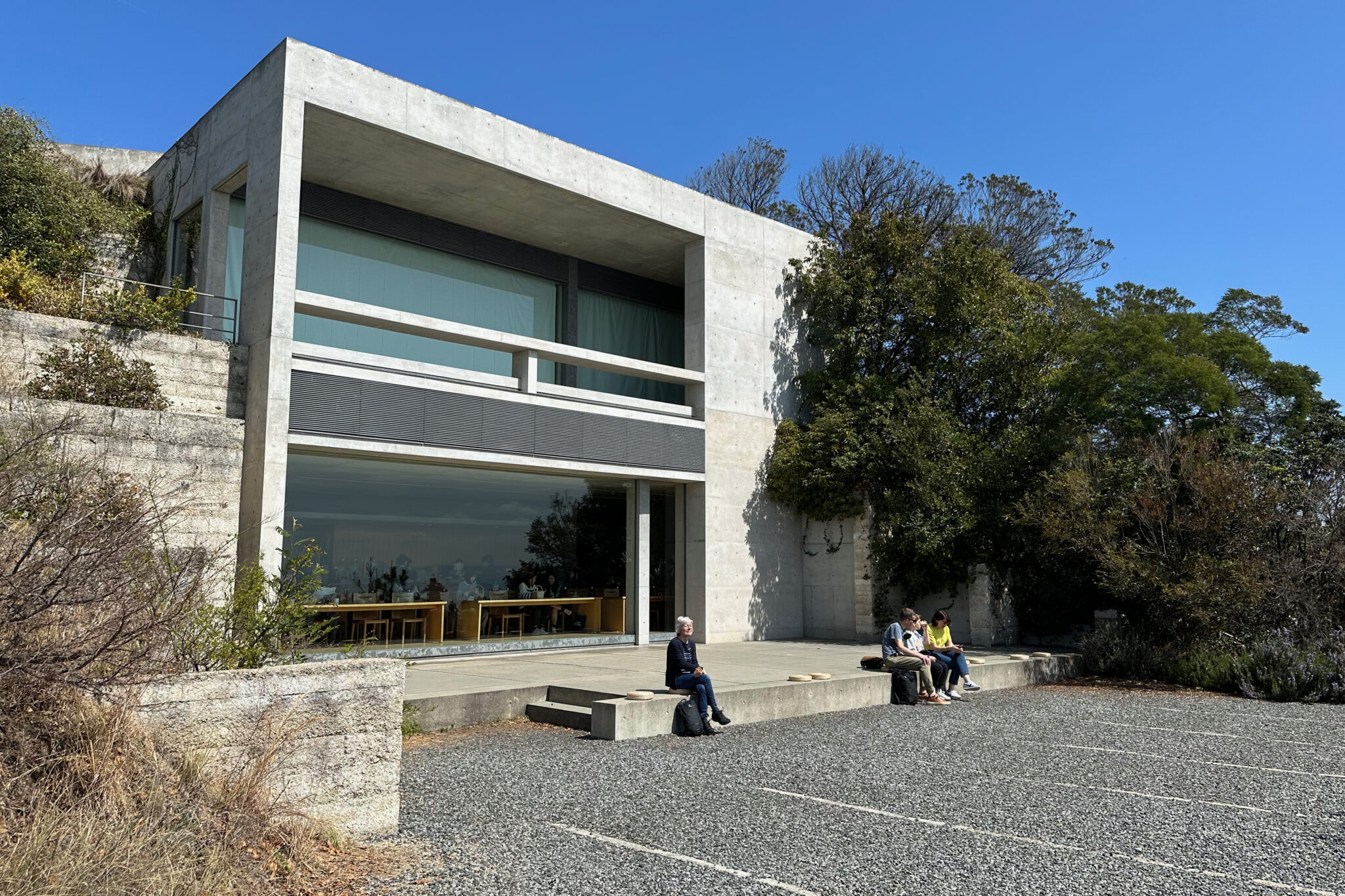
Chichu Art Museum was one of the highlights of the entire trip. The monastic concrete building, designed by Tadao Ando, is buried in the hillside to avoid spoiling the natural landscape. Quietness is encouraged, and no photographs are permitted, but the video below provides a good impression of the space and works.
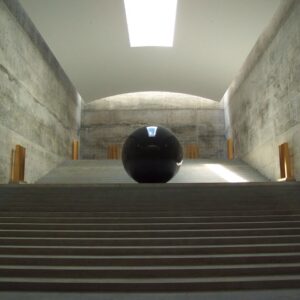
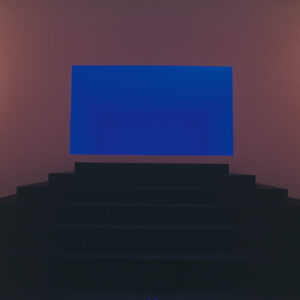
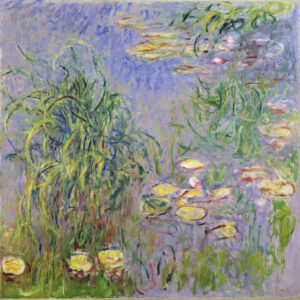
Artworks by Claude Monet, James Turrell, and Walter De Maria are on permanent display and are fantastically elevated by the soft natural light let into the subterranean spaces by apertures in the roof.
To provide a better understanding of Monet’s large decorative work from a contemporary perspective, we selected artists Walter De Maria and James Turrell. Both have been referred to as ‘land artists’ for the work they created in vast desert regions and desolate natural settings … Whether outside, inside a room, or in the surrounding environment, all the works are specifically intended for these spaces … The spatial boundary between the real world and contemporary art is indistinct.
The Chichu Handbook
The museum is a sensory experience where the dark corridors heighten the sense of wonder at what might be around the next corner. This is perfectly expressed by James Turrell’s “Open Field” (2000) where visitors are invited to enter inside a diffusely lit box that I can only describe as what one might imagine it’s like to transcend to the pearly gates or to have a near-death experience.
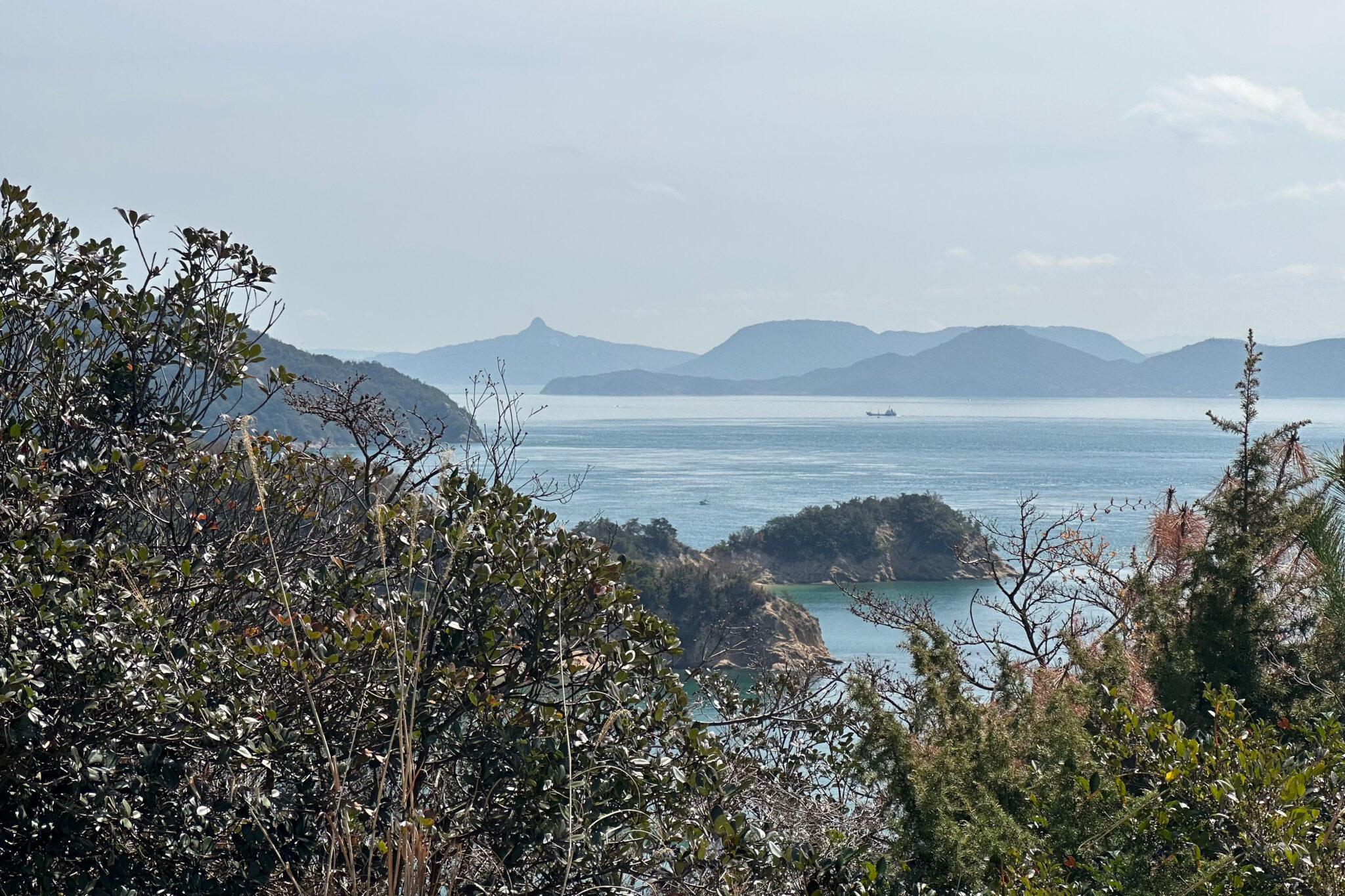
Tickets for Chichu Art Museum must be purchased in advance.
Lee Ufan Museum
李禹煥美術館
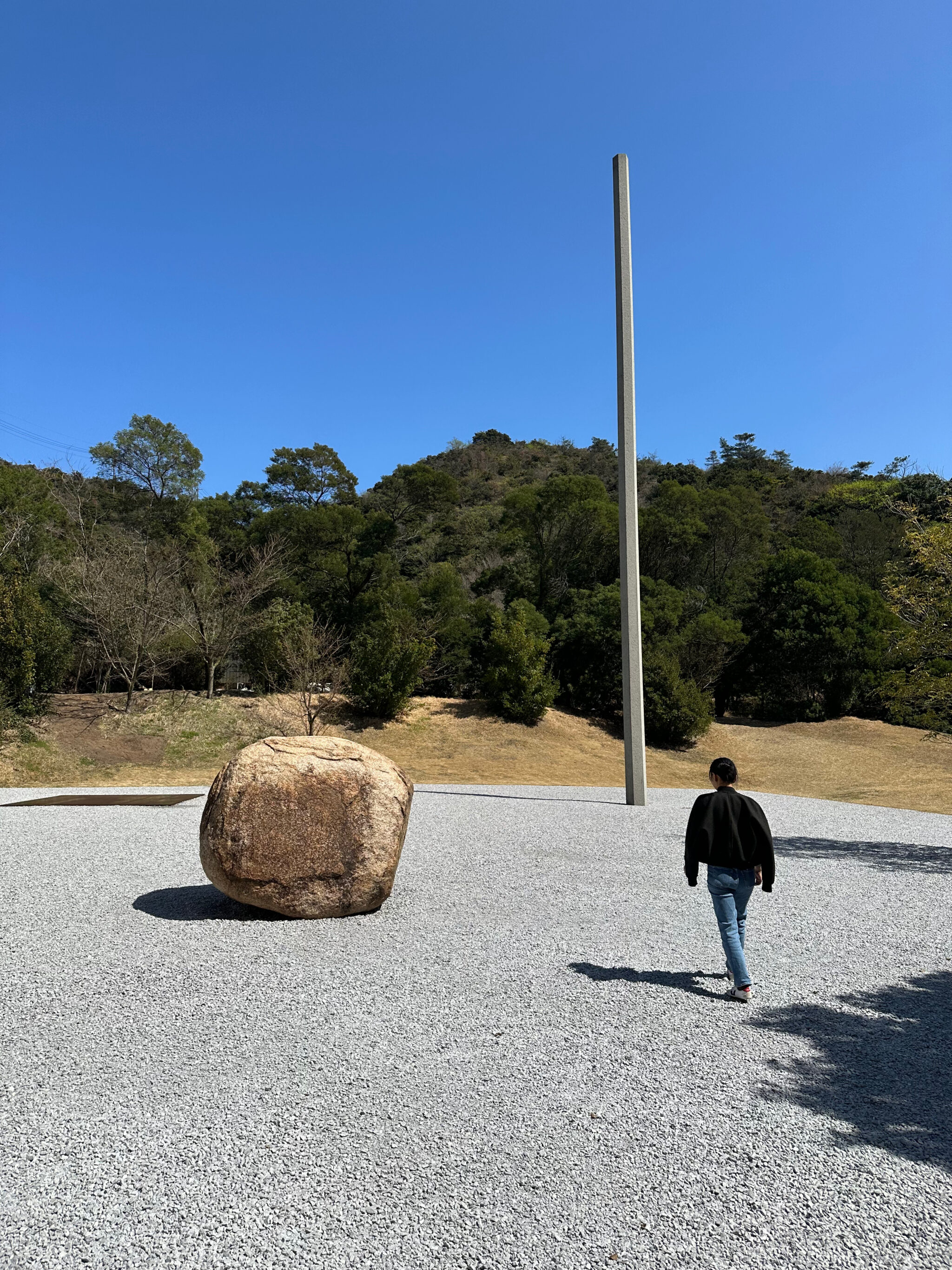
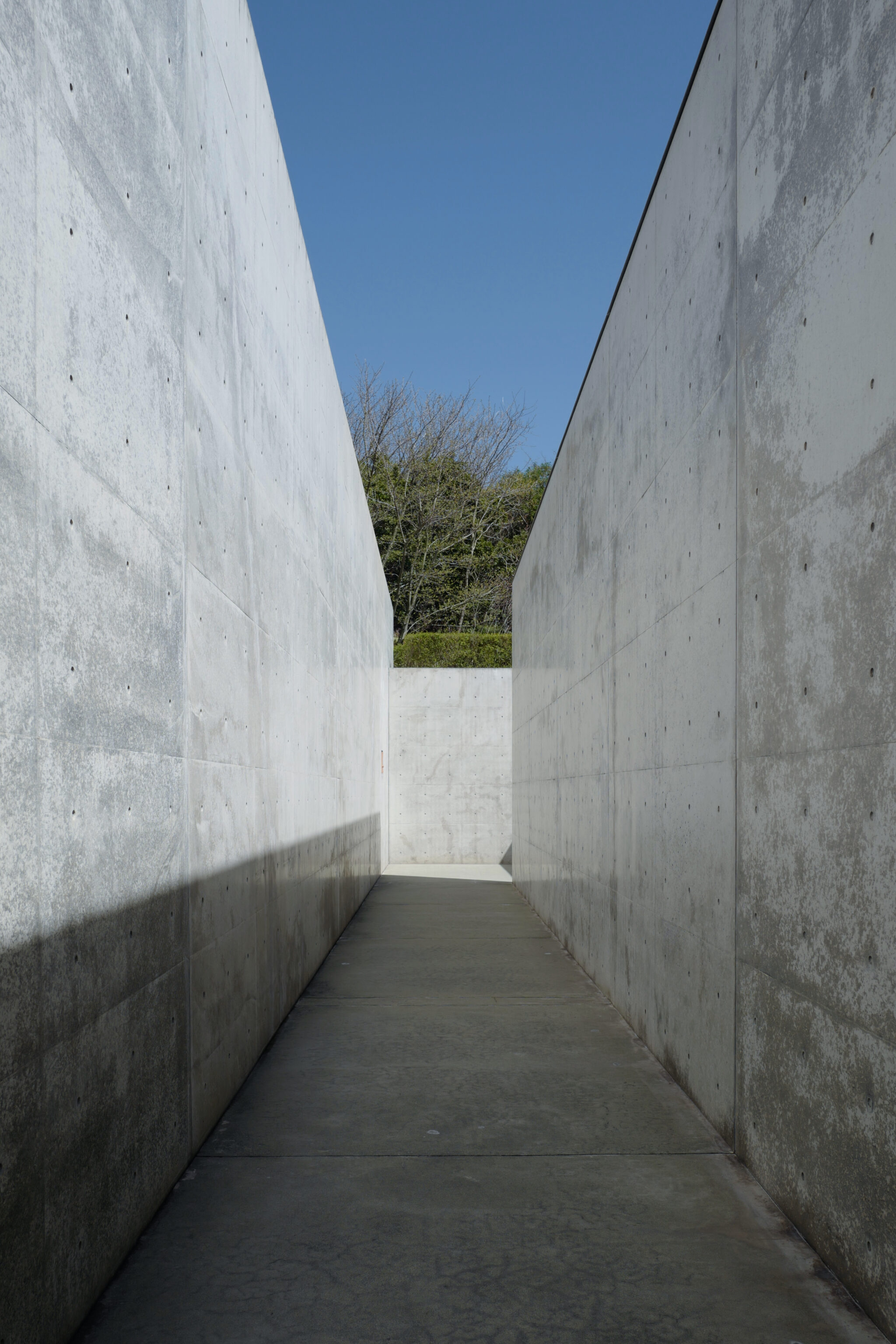
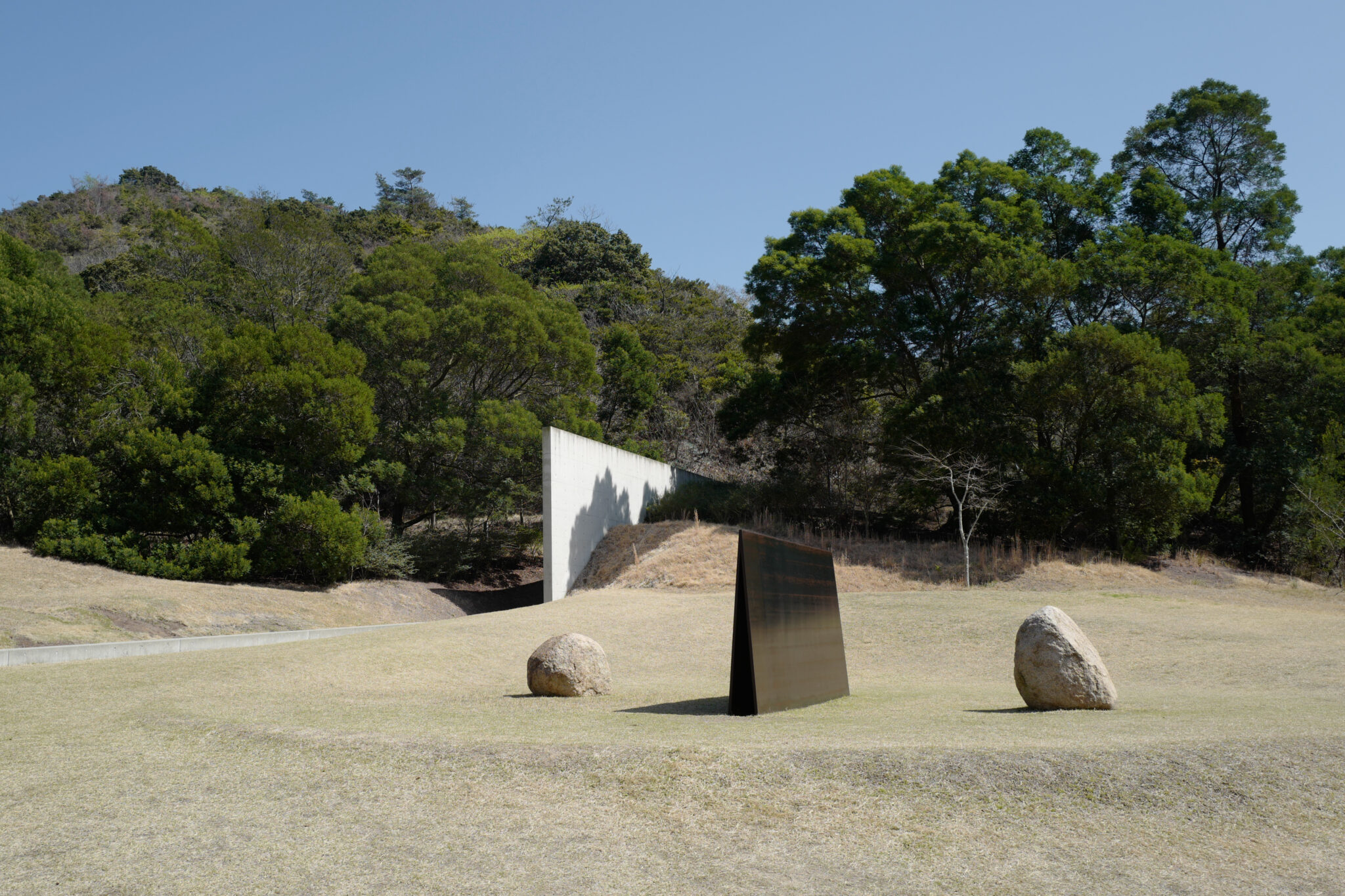
Born in Korea, but having lived and worked in Japan for much of his professional life, Lee Ufan is a leading figure in Mono-ha (“School of Things”), one of the most significant art movements in postwar Japan, which emerged in the late ’60s. Their work explored the encounter between natural and industrial materials, such as stone, steel plates, and glass, arranging them in mostly unaltered states.
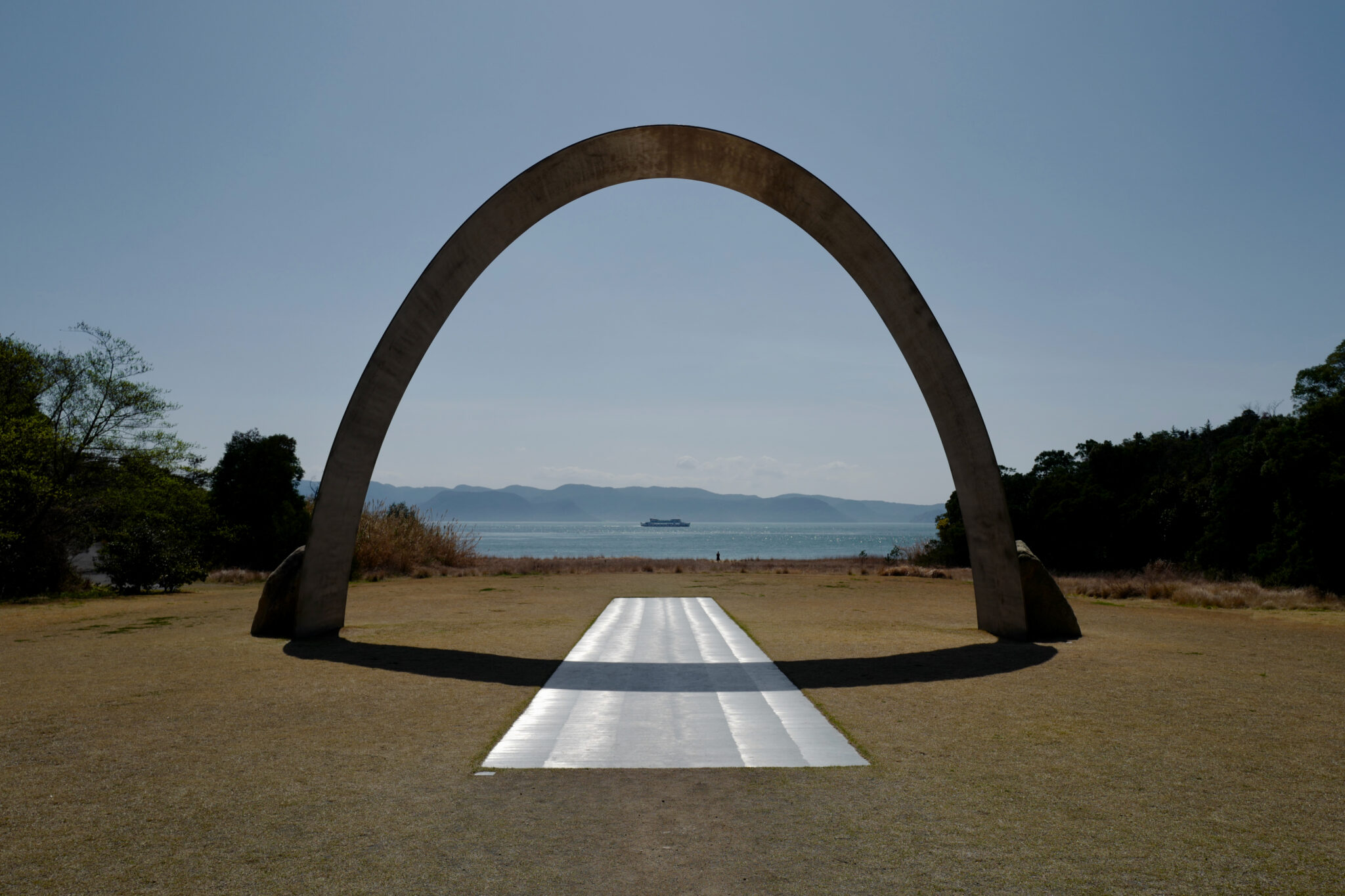
Also designed by Tadao Ando, the Lee Ufan Museum displays large installations that organically combine stone and huge slabs of steel, as well as a number of paintings from earlier in his career featuring repetitive brushstrokes laid down with the rhythm of quiet breathing.
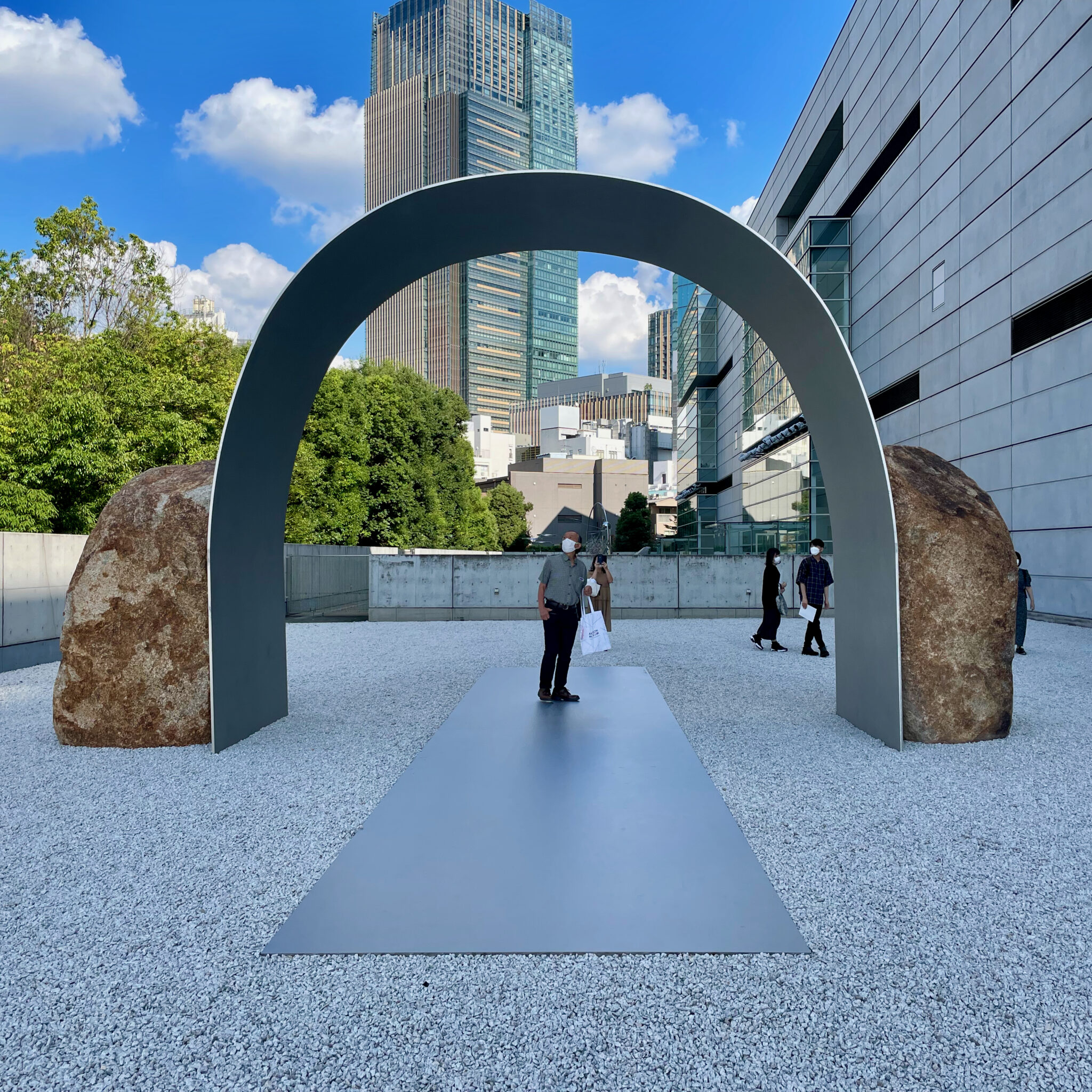
Seeing a similar work by Lee exhibited in Tokyo at the National Art Center in 2022 did not quite have the same sense of awe when it was surrounded by tall buildings.
Benesse House Museum
ベネッセハウス ミュージアム
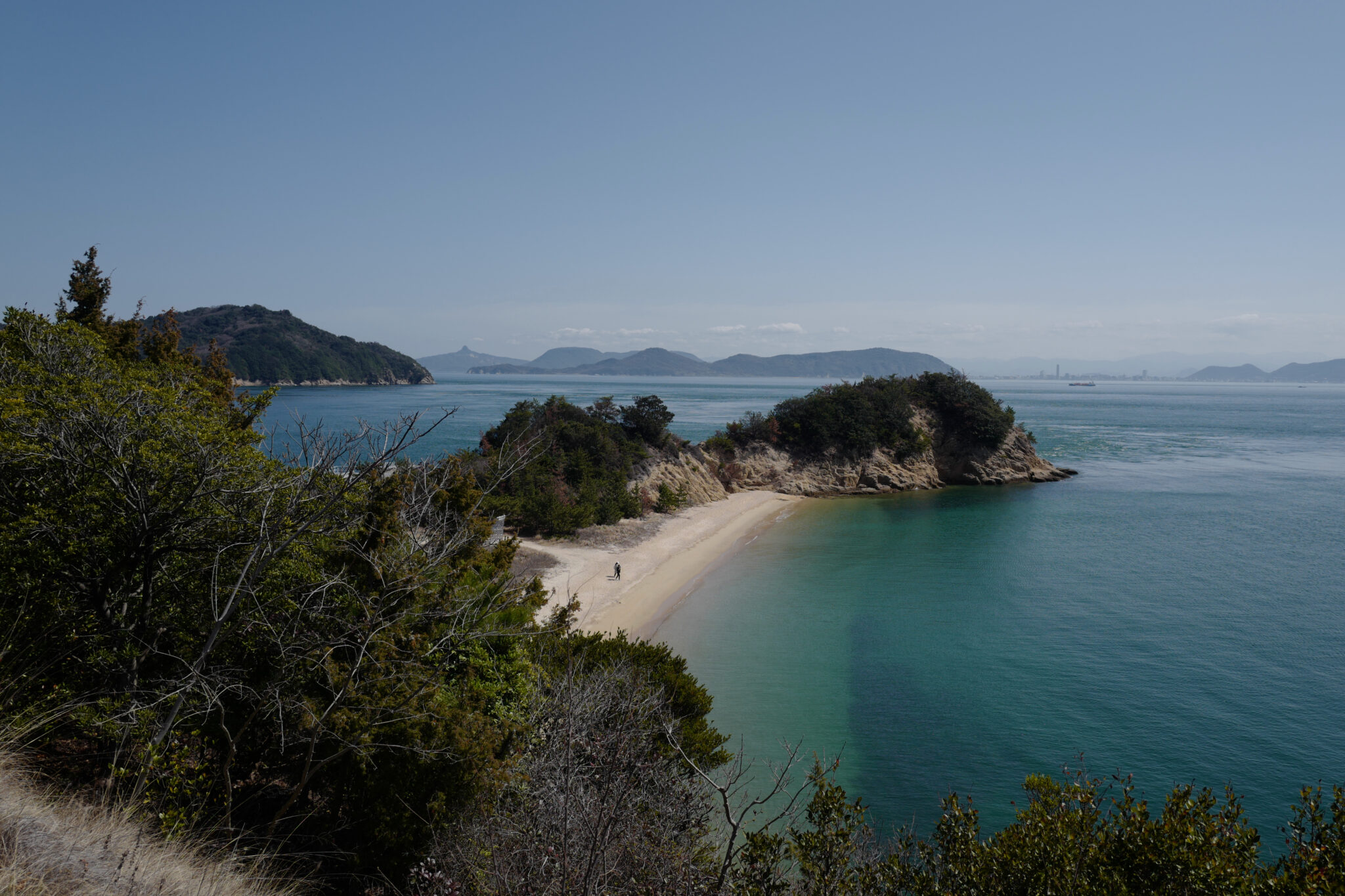
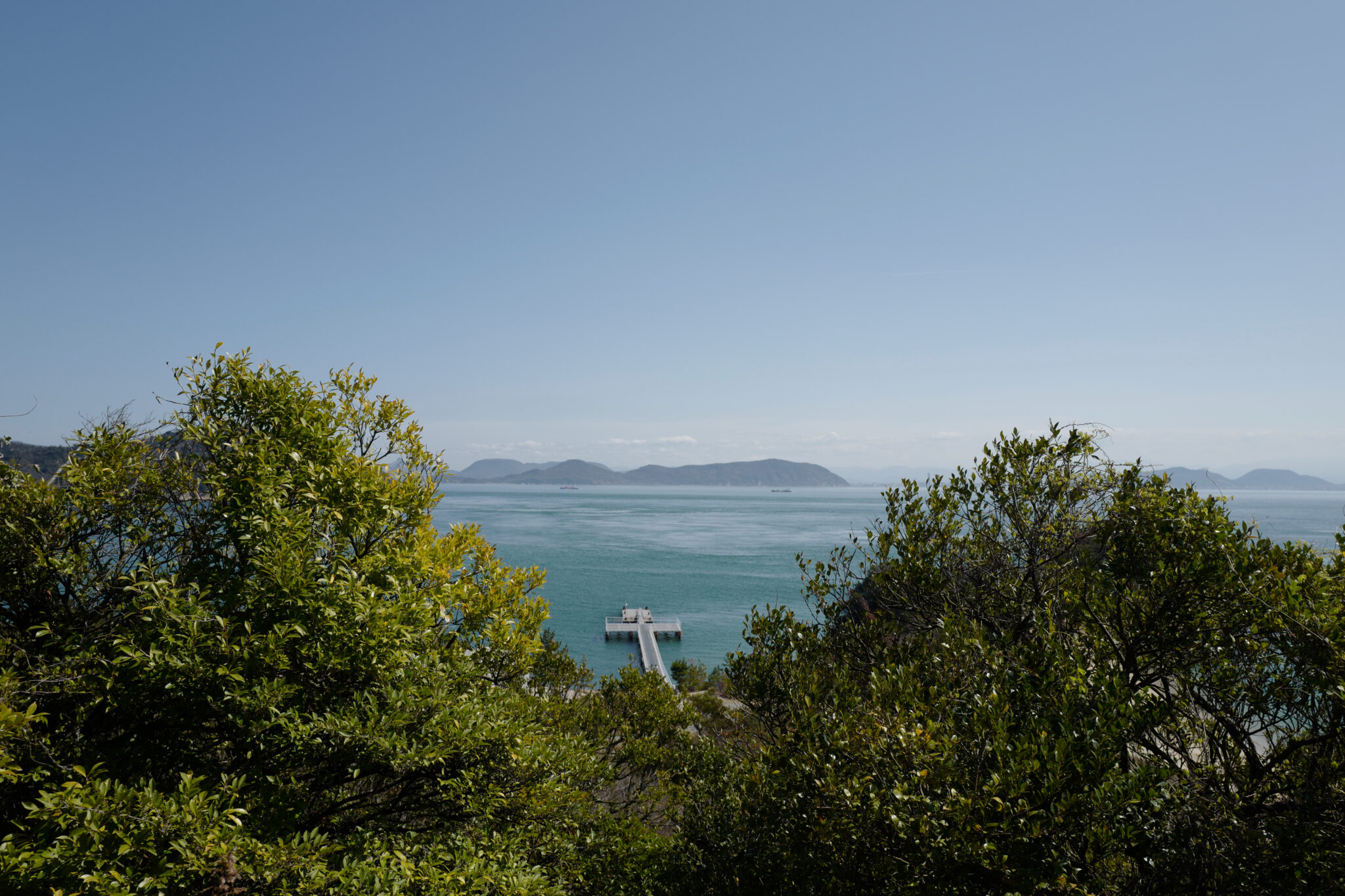
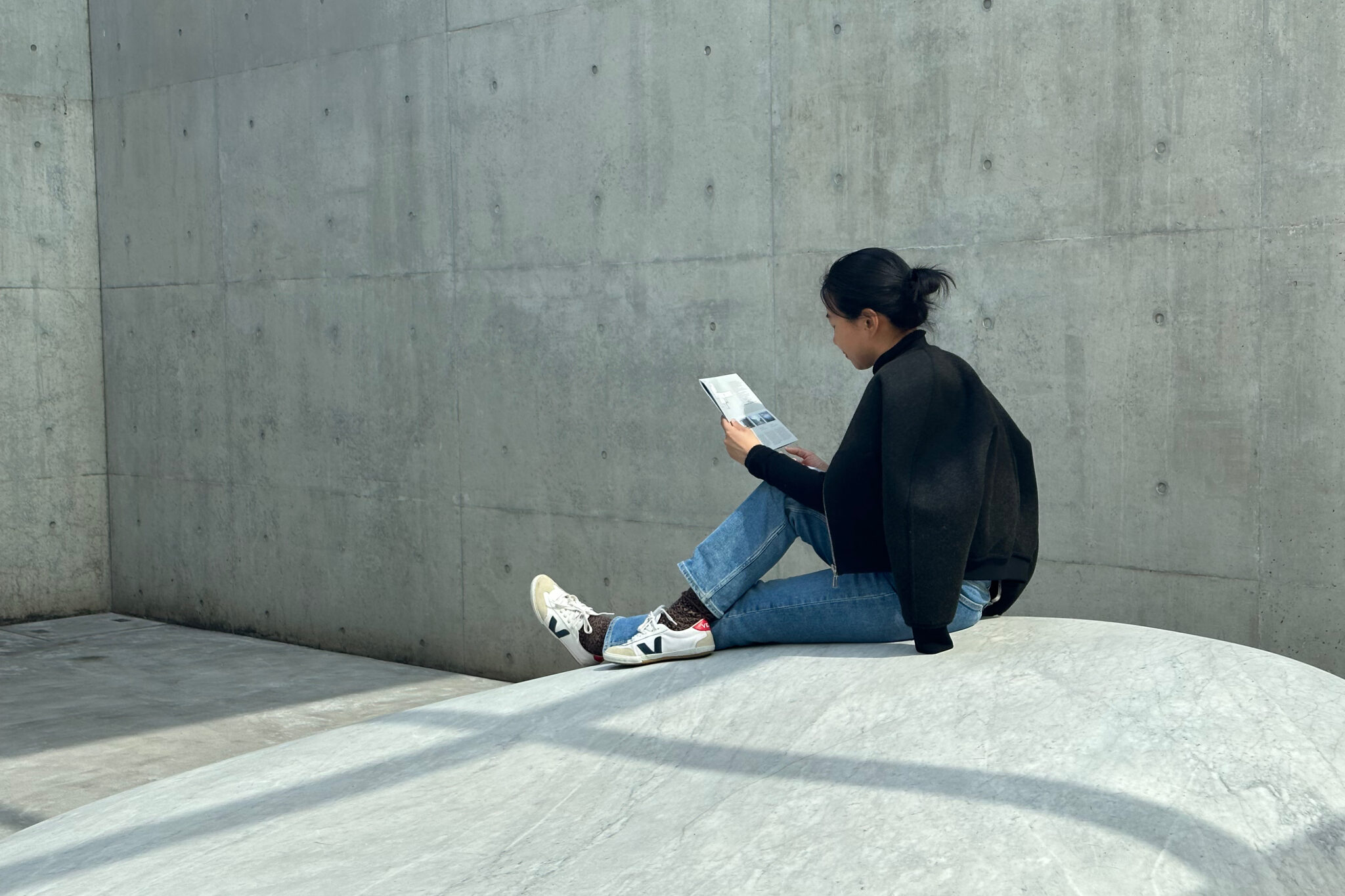
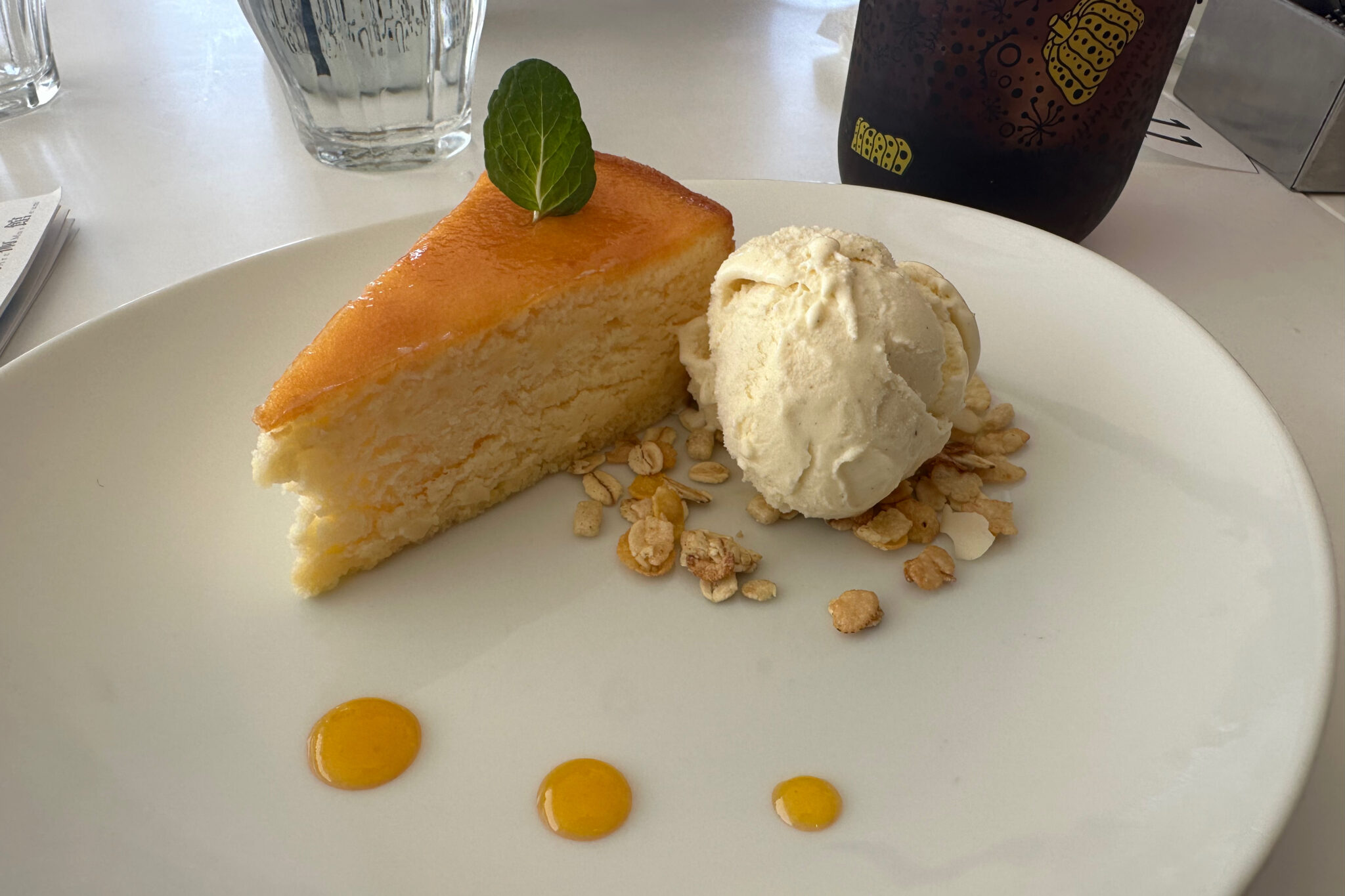
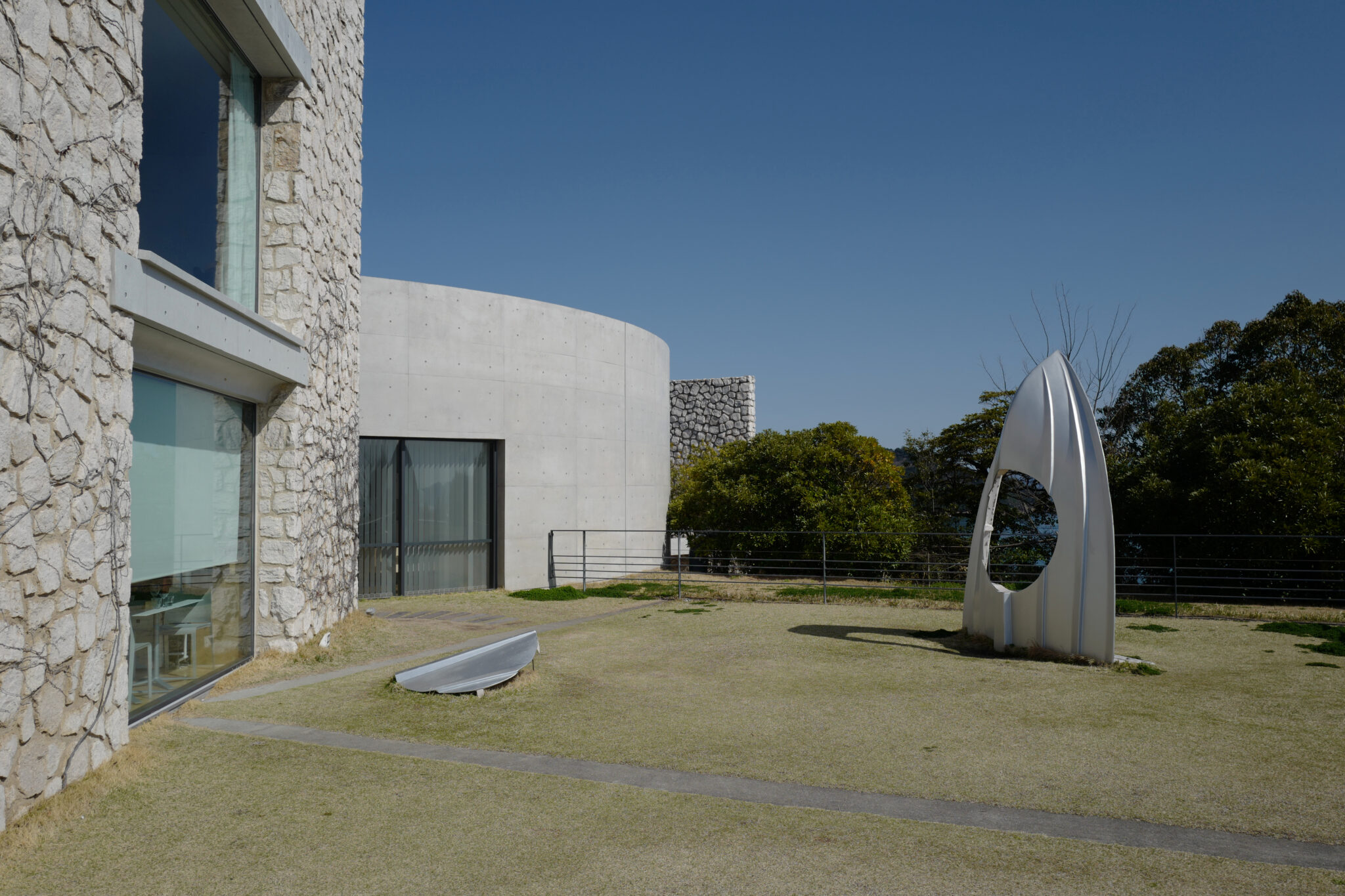
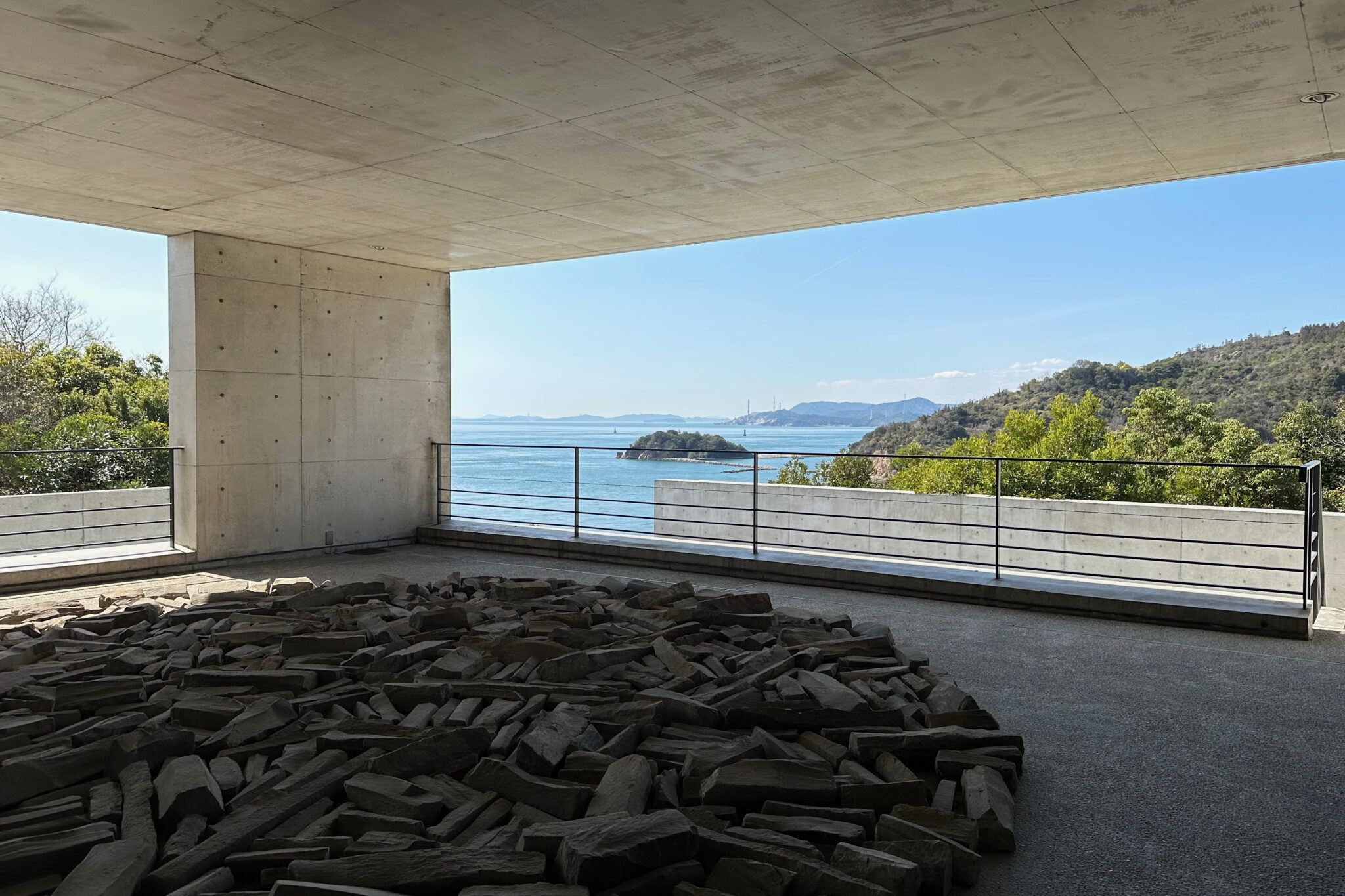
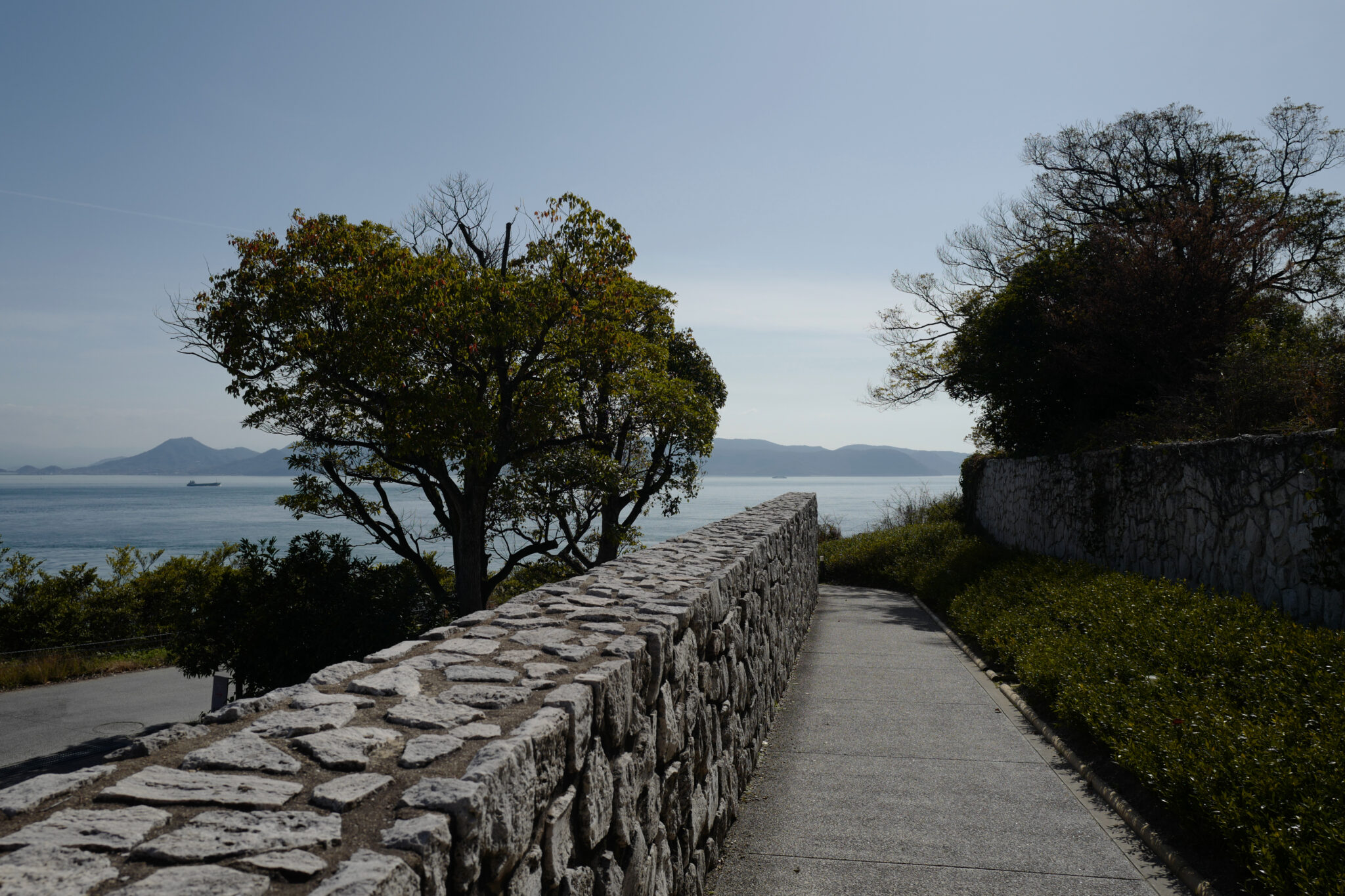
Benesse House (another Ando creation) was opened in July 1992, as the centrepiece of the Benesse Corporation’s art facilities on the island integrating both a museum and a hotel.
Some of the work being exhibited at the time felt less consequential than the other museums we’d visited but the fantastic cheesecake in the cafe more than made up for it!
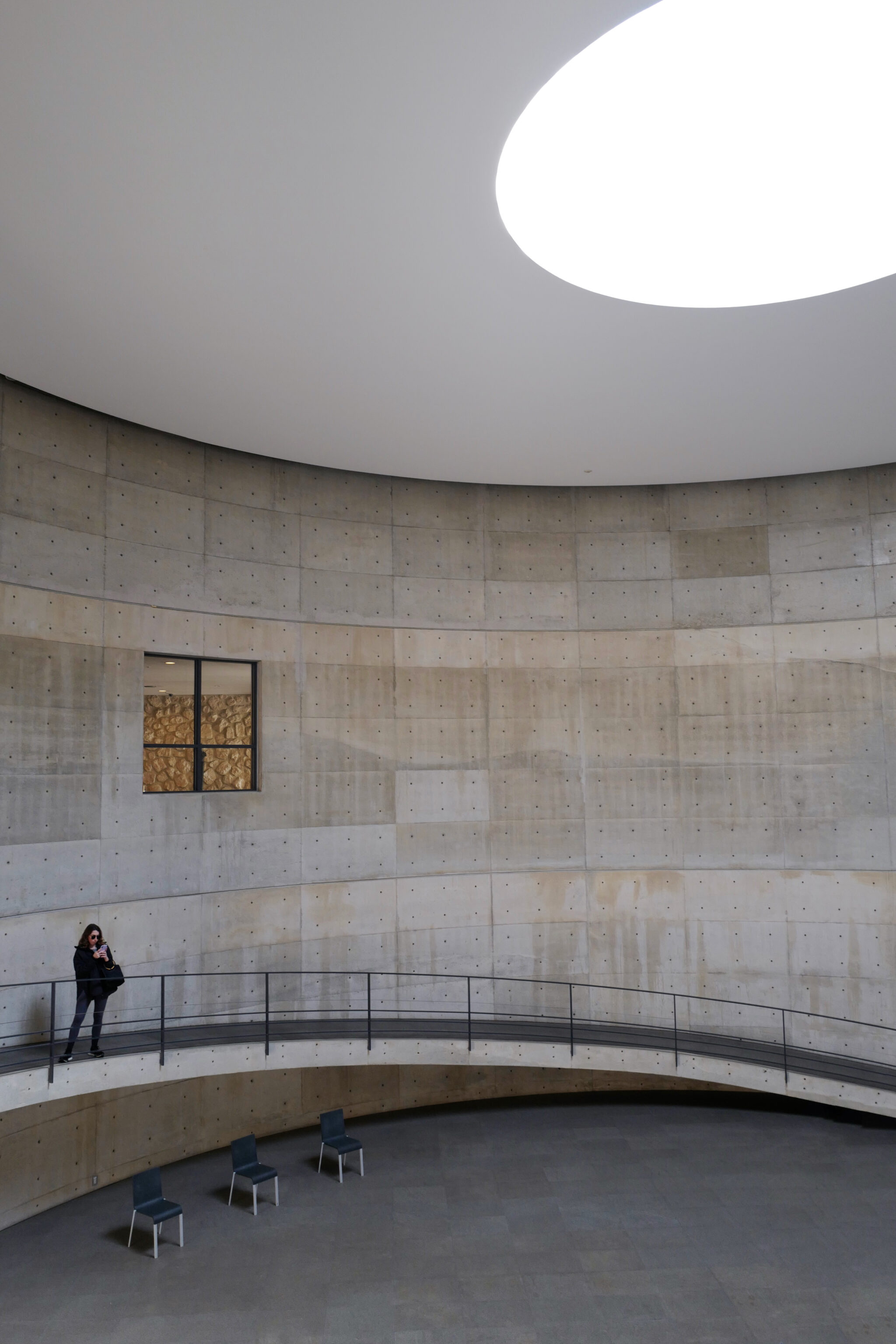
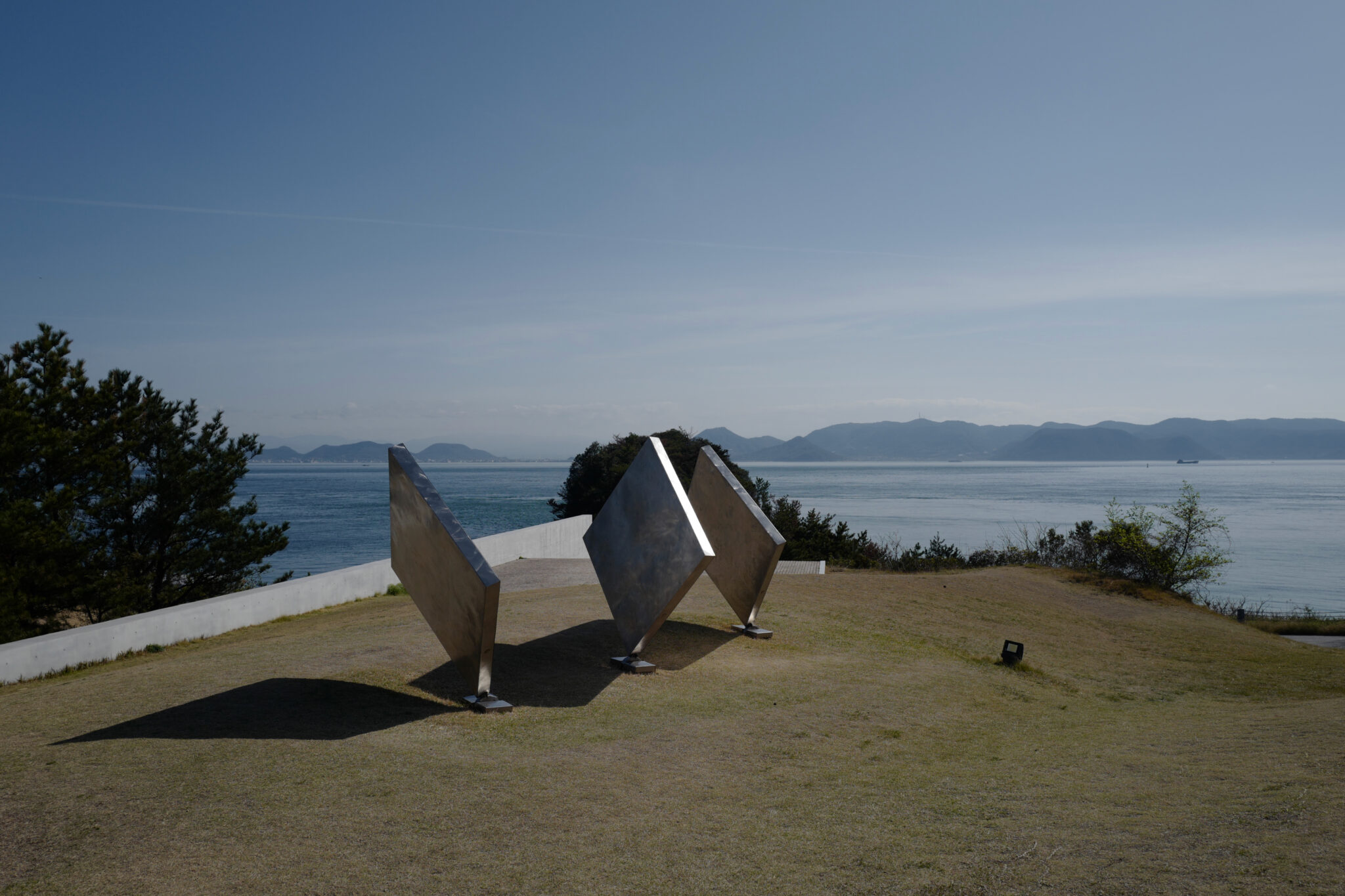
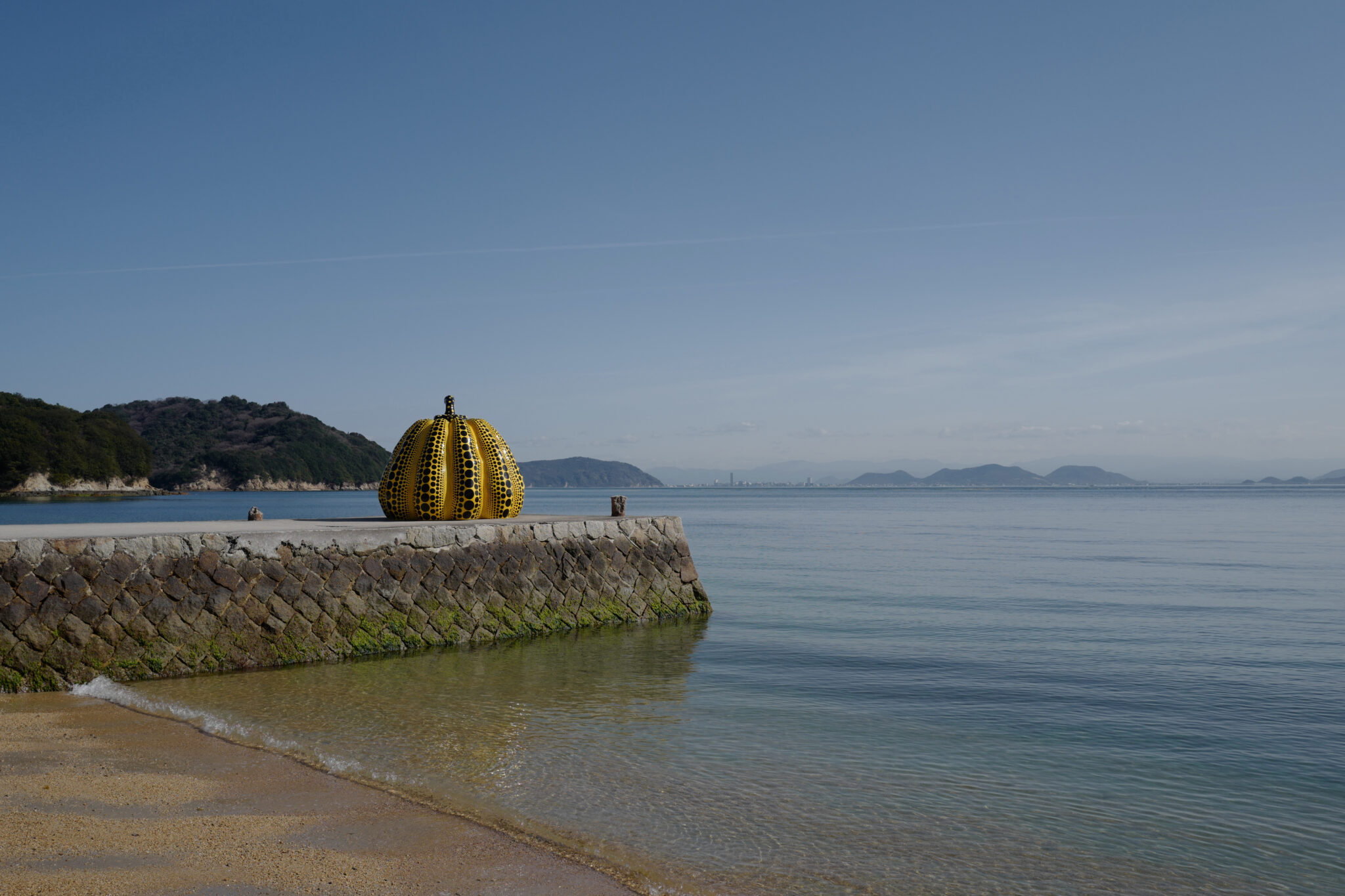
There are additional works on display in the area surrounding Benesse House, including another iconic giant black and yellow polka-dotted pumpkin that was swept off the pier it sits on during a typhoon in 2021. A new reinforced pumpkin was installed in late 2022.
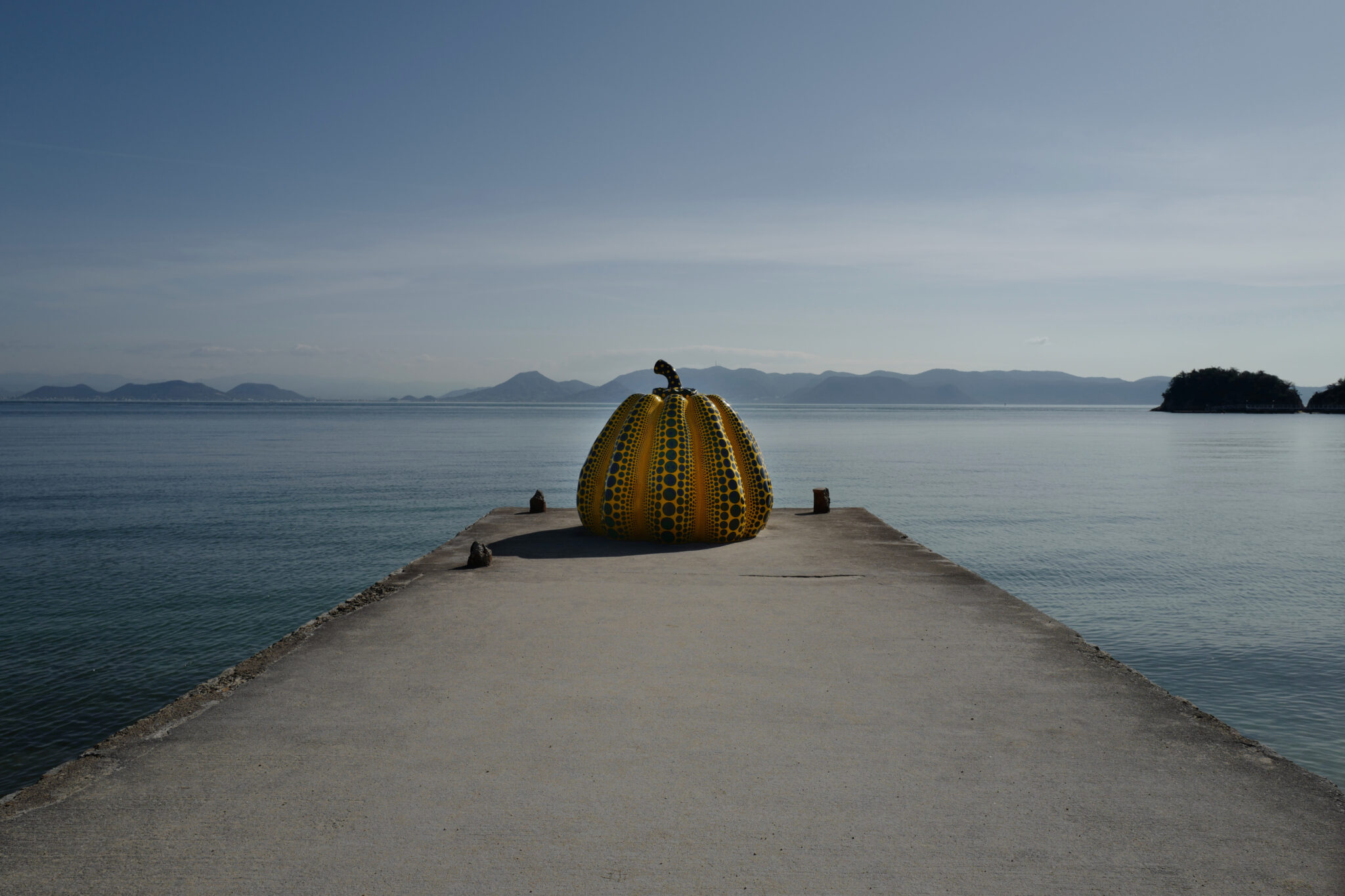
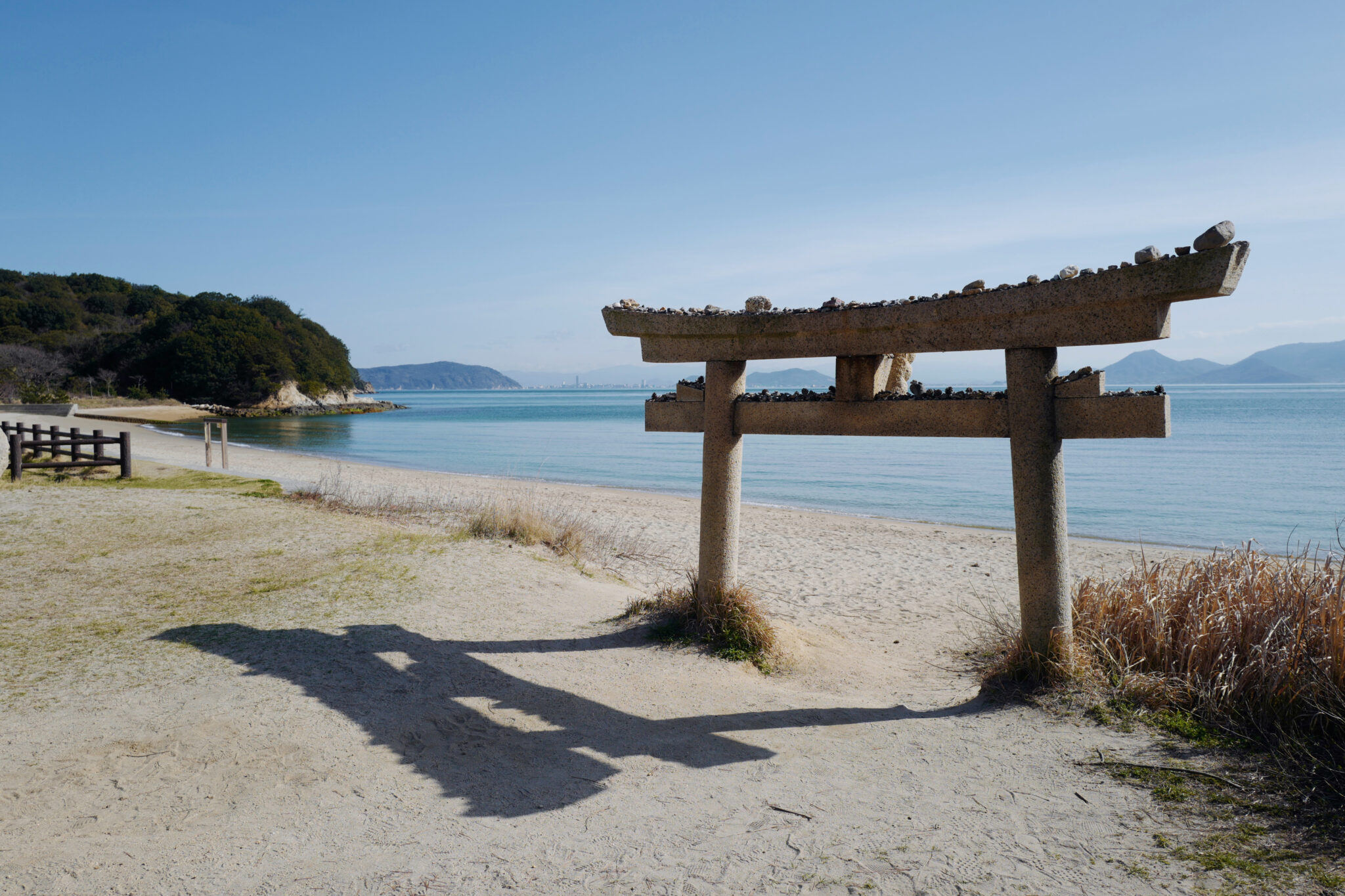
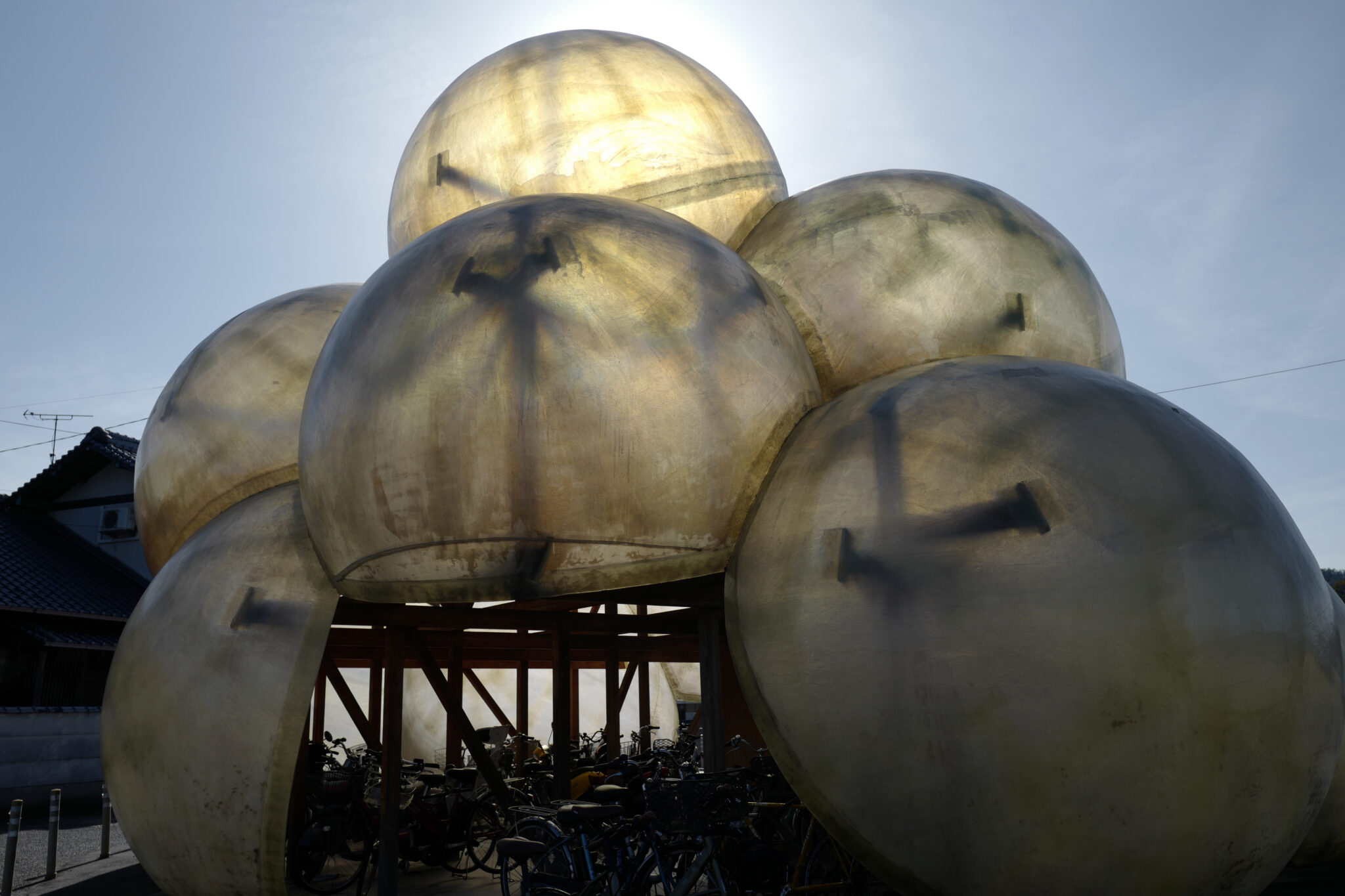
Art House Project: Go’o Shrine
家プロジェクト「護王神社」
Mid-afternoon we took a bus north to the Honmura district where the Art House Project takes empty houses and turns the spaces into works of art, weaving in history and memories of the period when the buildings were still lived in.
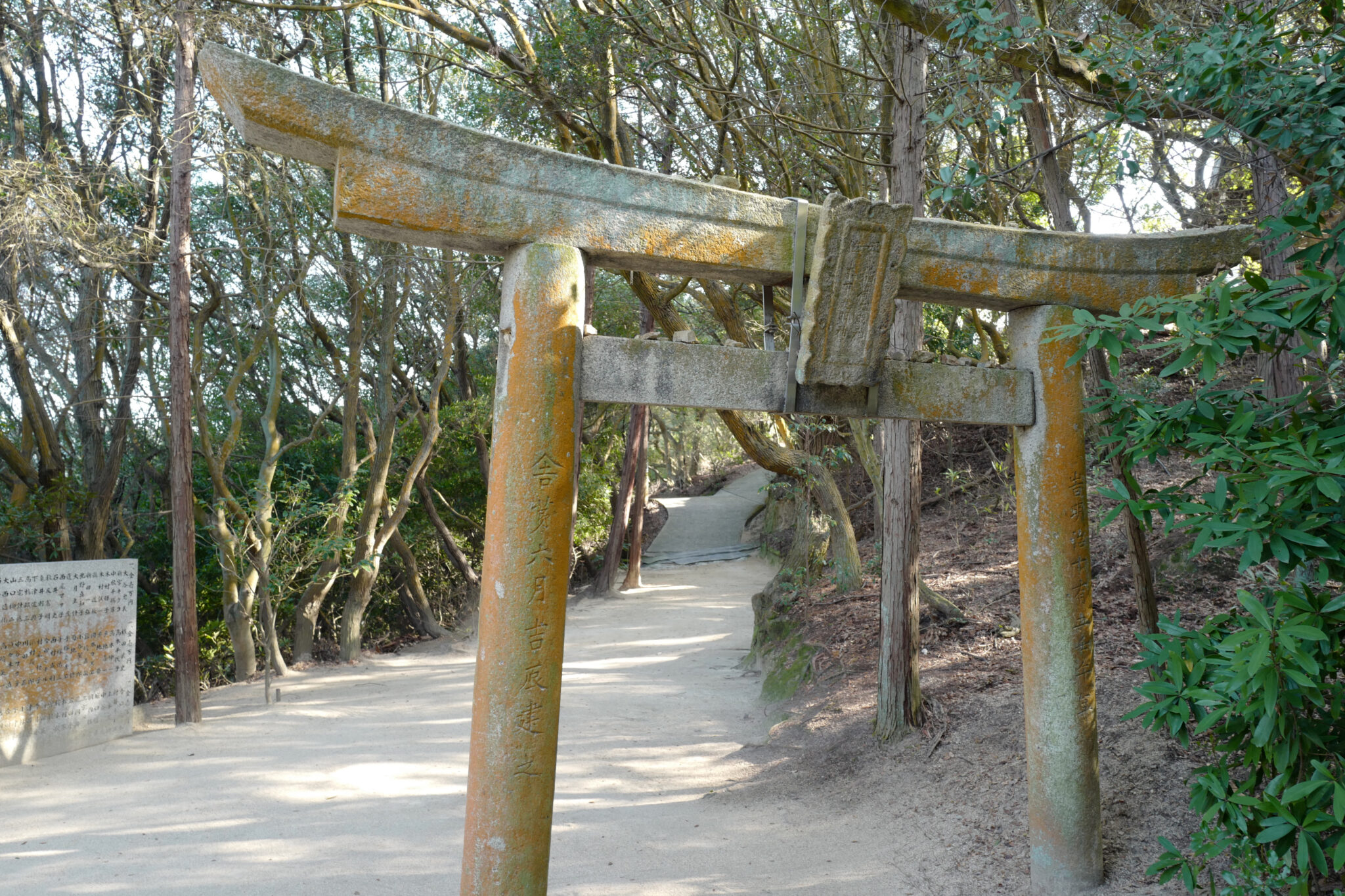
Unfortunately, we didn’t have time to visit most of the houses but we did make it to Go’o Shrine which traces its origins back to the Muromachi period (1336-1573). After falling into disrepair, it was reimagined by Hiroshi Sugimoto in 2002.
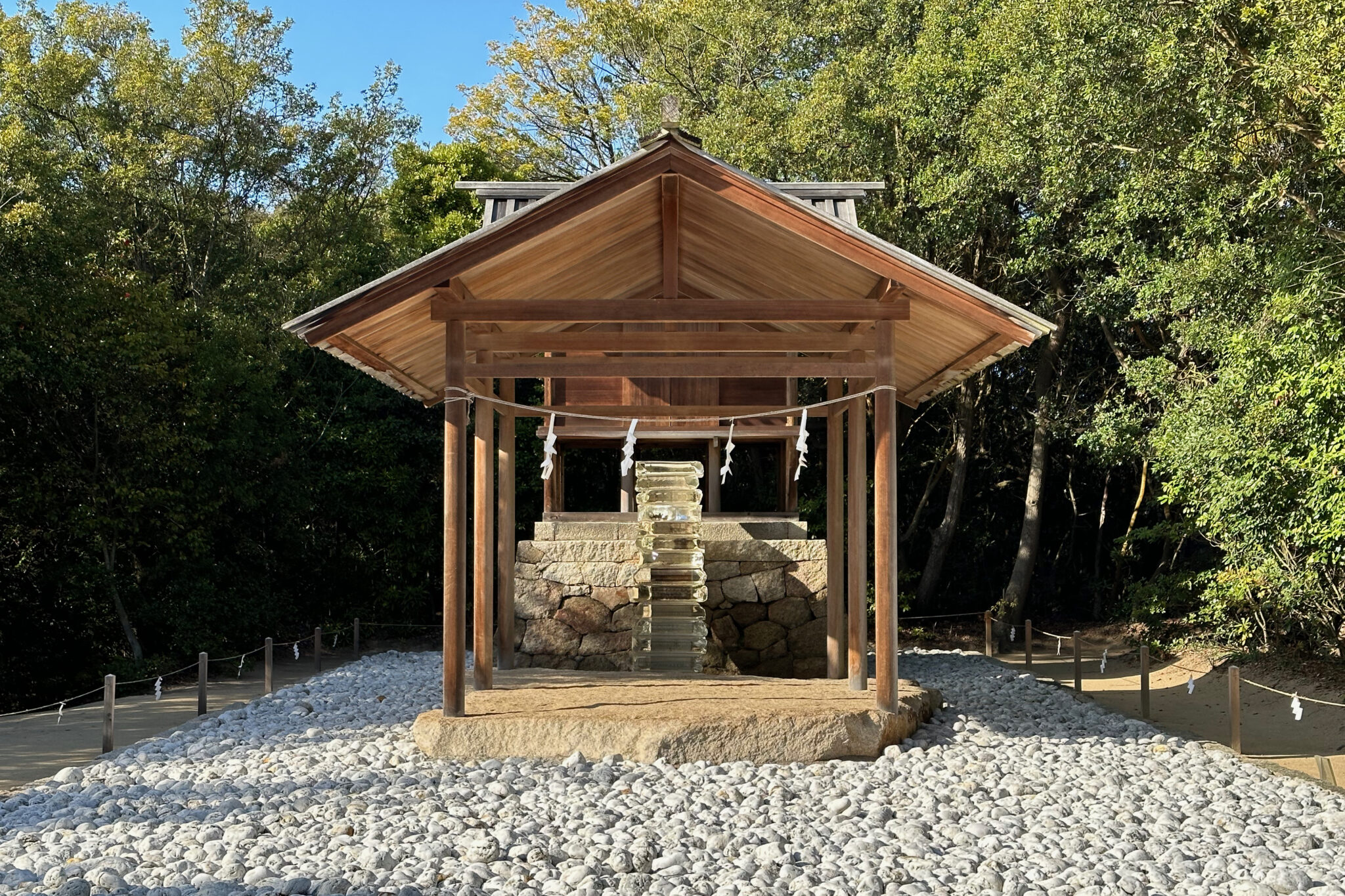
Prior to shinmyo-zukuri, the first Shinto architectural style formalized in the seventh century, animist worship is thought to have focused on sites in nature where some special quality or force was felt - ineffable “power places” - whether in giant trees or waterfalls or boulders. The ancient Japanese conceived of their kami or deities, as manifesting themselves only when humans purified their “power places” for them. Thus, my vision of Go’o Shrine started from the giant rock slob visited by the local kami.
Hiroshi Sugimoto
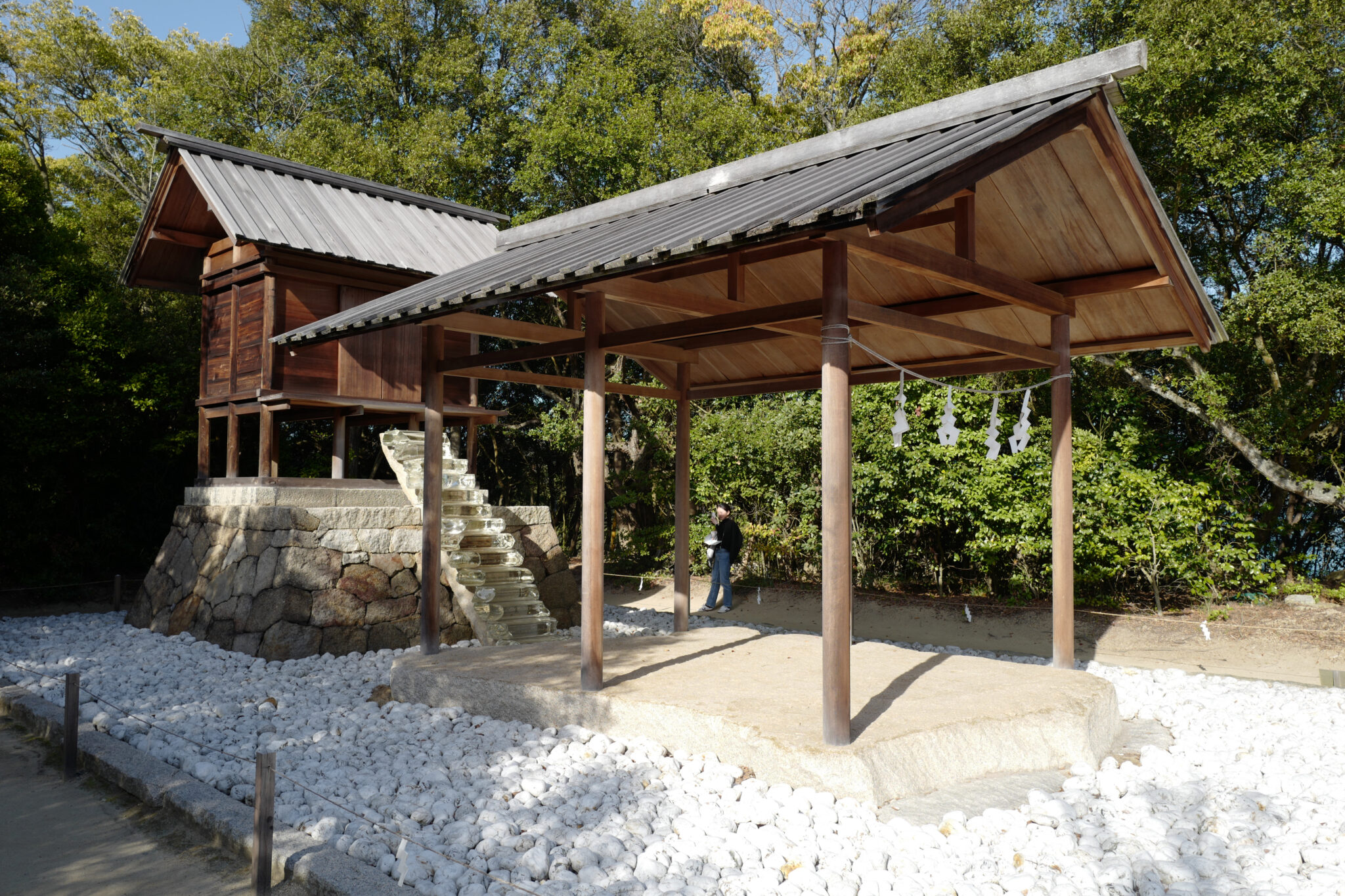
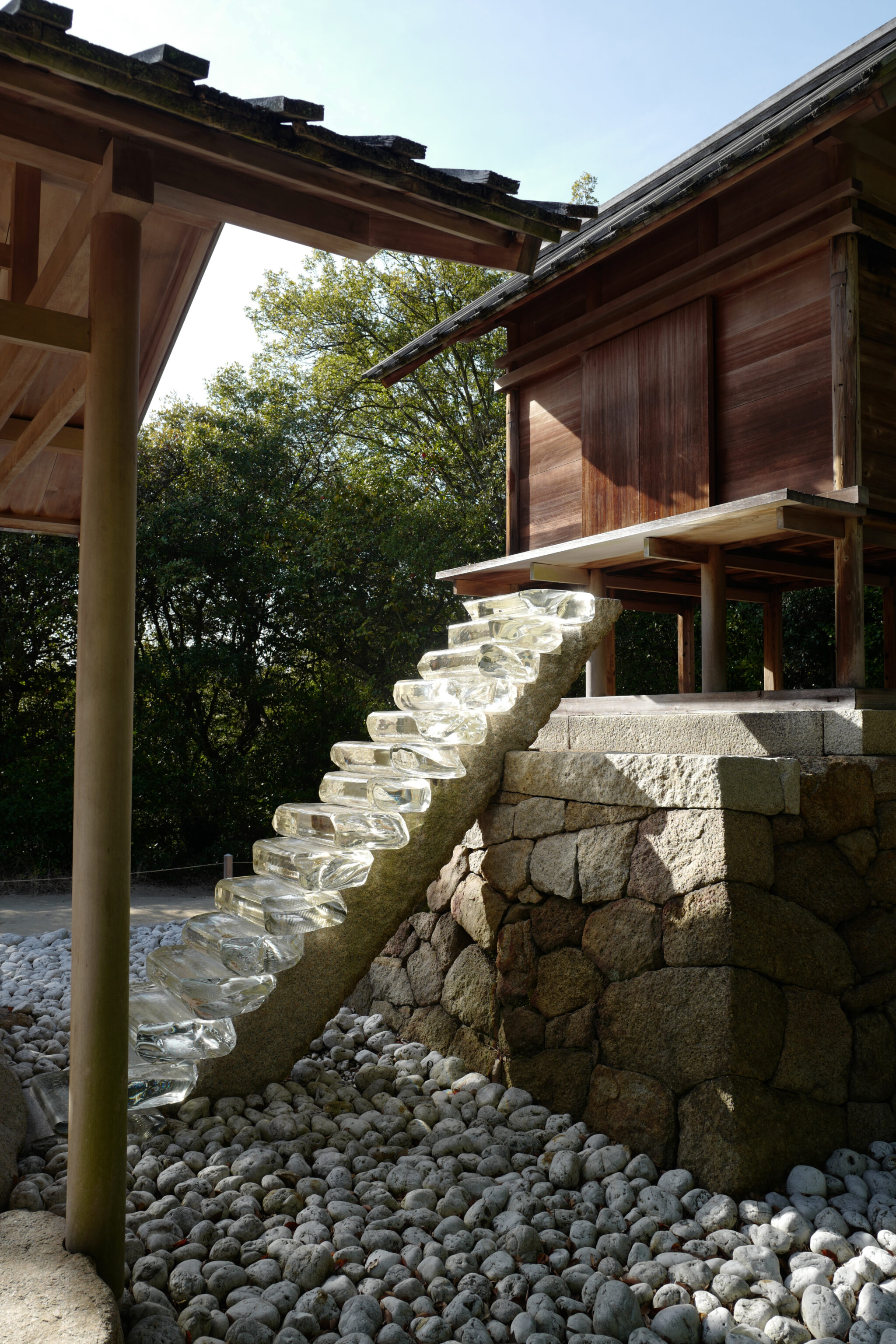
While the shrine with its optical glass staircase is stunning by itself, the real magic lay beneath our feet where the stairs continue to an underground chamber which can be reached by a very narrow passage to the right of the shrine.
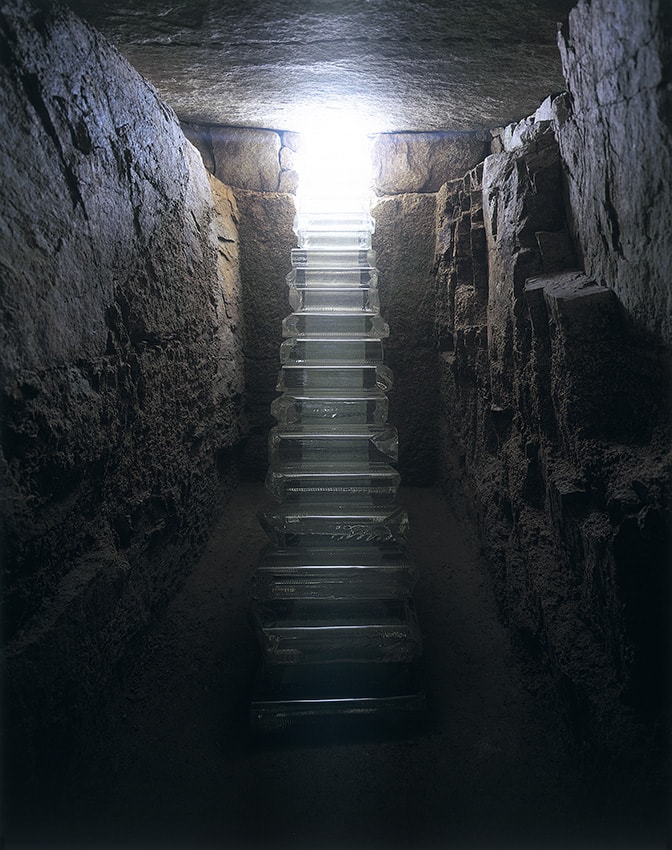
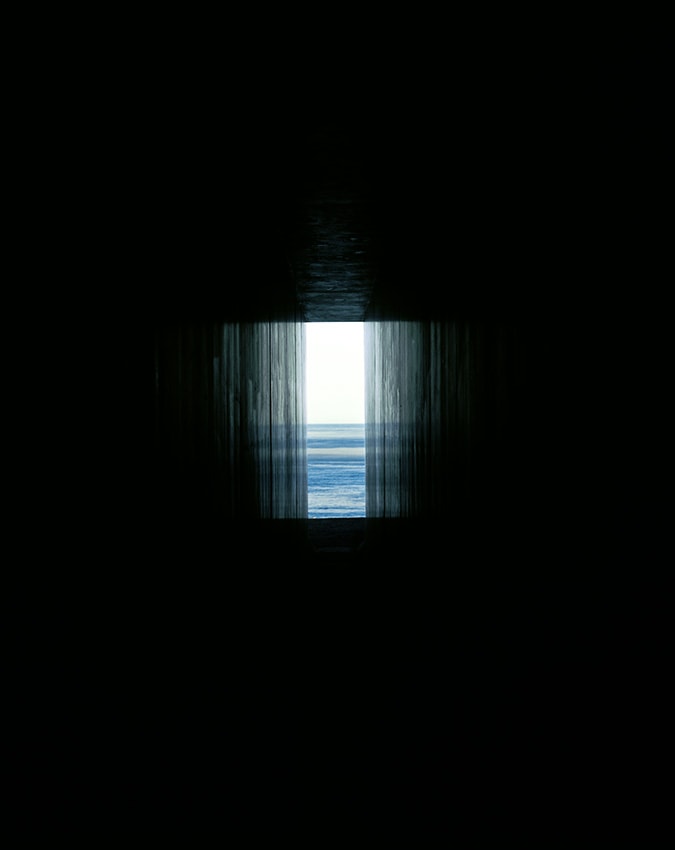
Starting with an irregular, 24-ton slab of stone as the iwakura, or sacred rock, of the outer shrine, I conceived the idea of hollowing out a rock chamber underneath it, like those found in kofun (burial mounds), and connecting the two with a staircase of optical glass.
Hiroshi Sugimoto
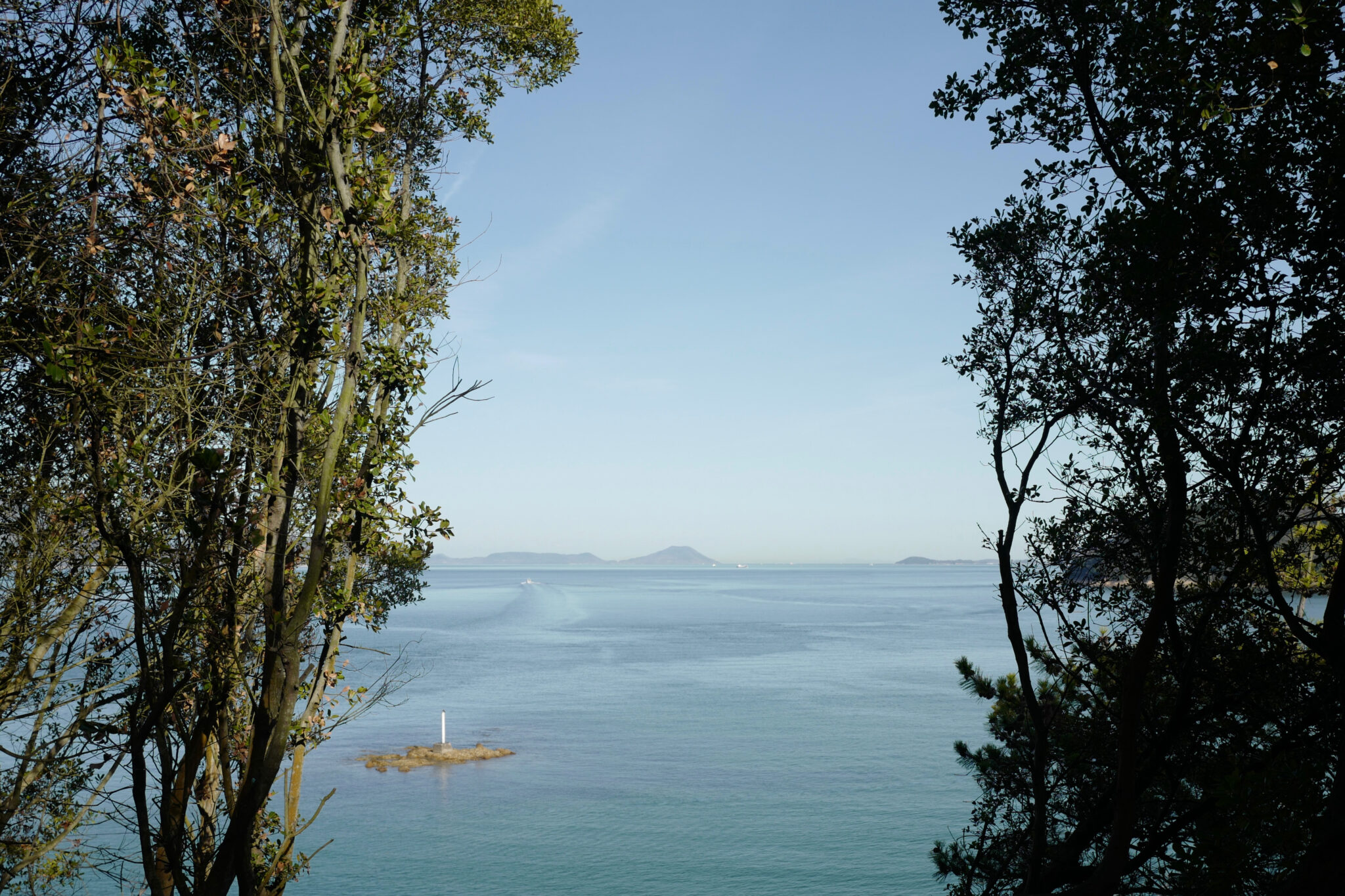
Returning back down the corridor you get a vertically letterboxed view of the Inland Sea which opens up when you reach the mouth of the portal. The parallels to Sugimoto’s later work at Enoura Observatory are clear.
After this, we had to catch the ferry back to Takamatsu since they are quite infrequent. There were plenty of places we missed such as the Hiroshi Sugimoto Gallery, ANDO MUSEUM, and Minamidera that I would love to visit in the future.

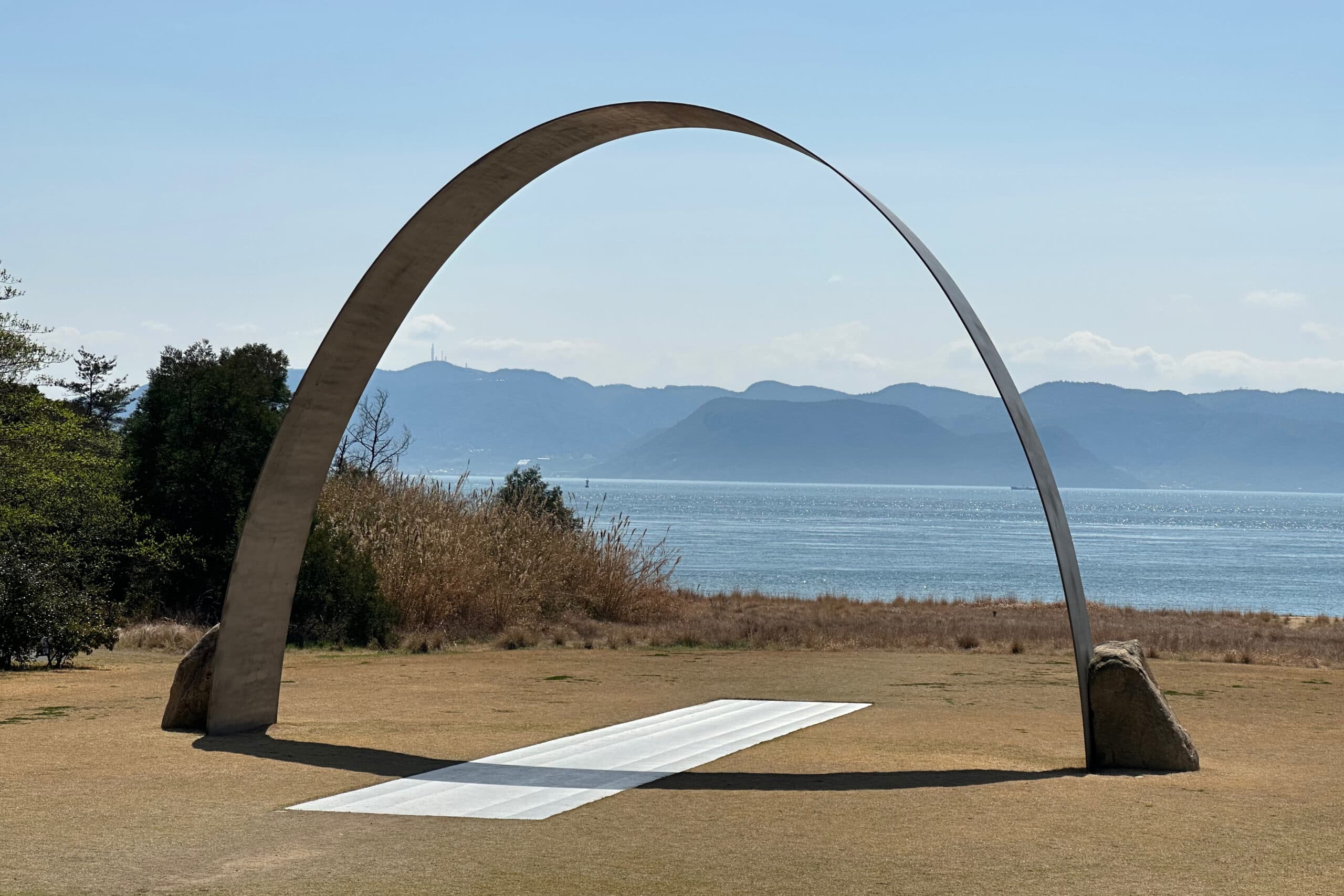
Reply